Fall 2023 Course Guide
Welcome to the Fall 2023 Course Guide for the Department of Art and Art History!
We invite you to browse all the offerings and let us know if you have any questions. For individual courses, please reach out to the professor. For other questions about your major, minor, or our curriculum more generally, please contact your major advisor or any of us listed below. Department faculty and staff are happy to answer your questions and discuss your options by email or appointment.
Course Renumbering
Effective Fall 2023, all main campus courses have been renumbered using a new 4-digit numbering system.
- For Studio Art course equivalency, see here.
- For Art History course equivalency, see here.
- For Art & Museum Studies course equivalency, see here.
Department Contacts
Director of Undergraduate Studies in Art History – Prof. Ian Bourland
Director of Undergraduate Studies in Studio Art – Prof. Scott Hutchison
Director of MA Program in Art and Museum Studies – Prof. Lisa Strong
Department Chair — Prof. Elizabeth Prelinger
Department Coordinator – Em Aufuldish
Studio Art Courses
Drawing
ARTS 1100-01 – Drawing I: Visual Language
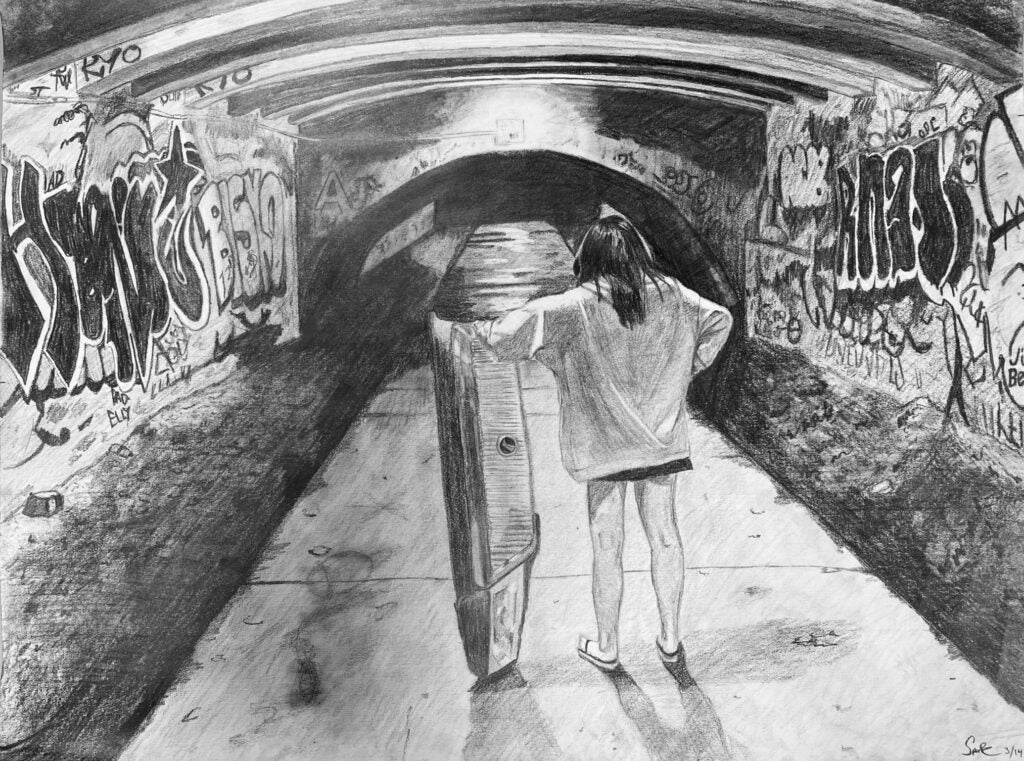
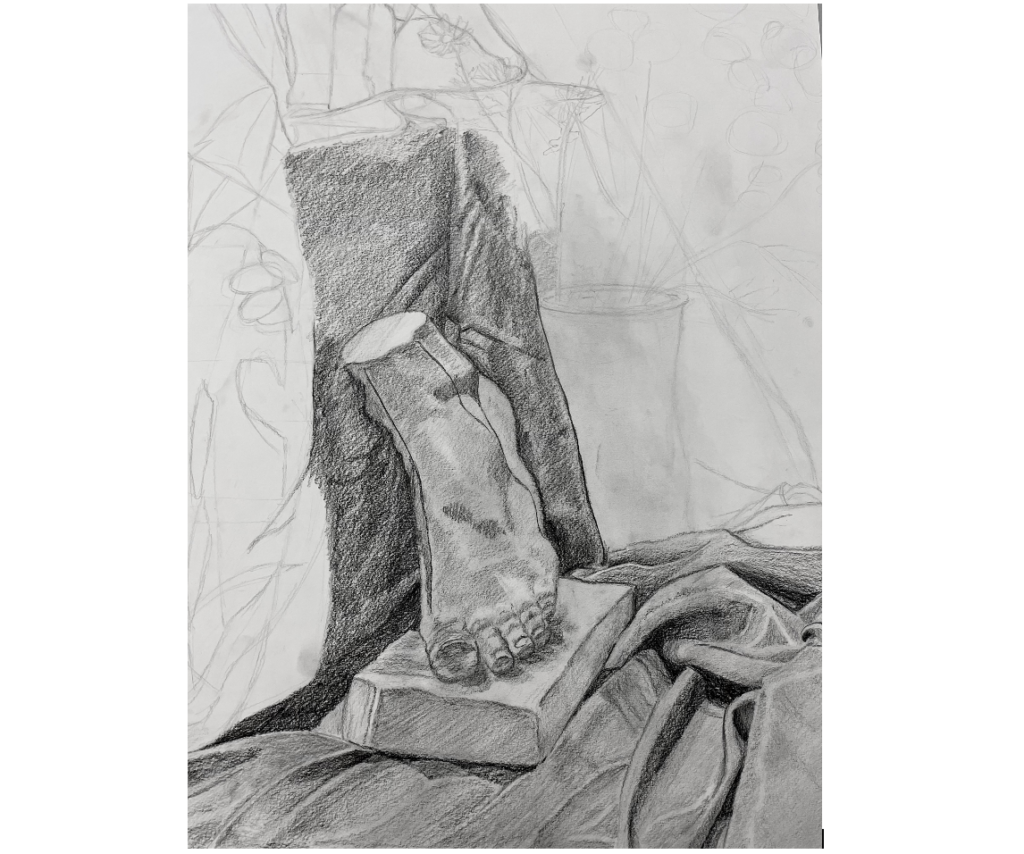
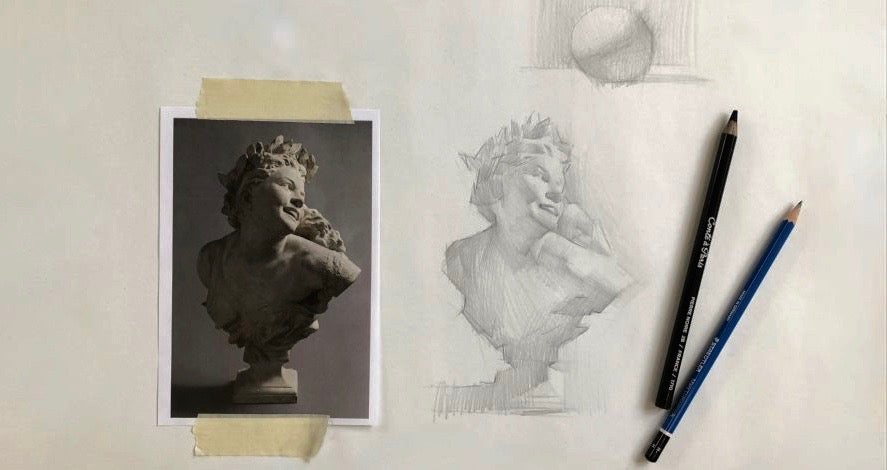
ARTS 1100-01 – Drawing I: Visual Language Drawing I will address the basic technical components of making a work of art through drawing. All levels of experience are welcome, and I will work with each student individually to ensure growth and improvement. We will begin the course working directly from still life and then move to more complex projects (figure, portrait) as the semester continues. Exploration, interpretation, and experimentation are encouraged! Students will build a drawing vocabulary and examine a variety of drawing philosophies that will transcend this course and assist them with the entire experience of making any type of art.
This course is taught by Professor Marisa Stratton.
ARTS 1100-02, -03, & -04 – Drawing I: Visual Language
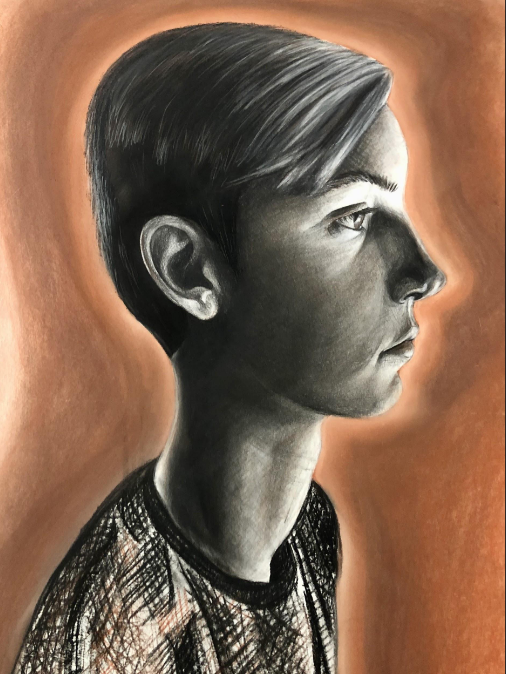

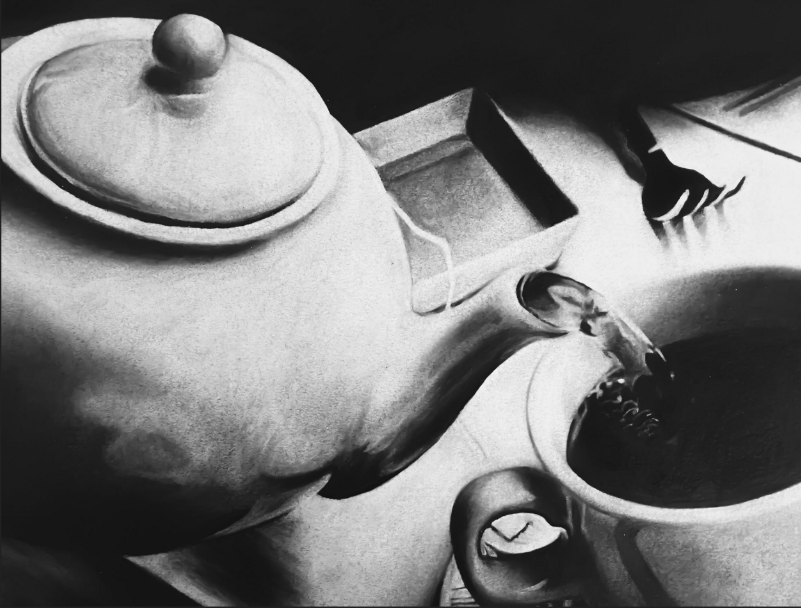
ARTS 1100-02, -03 & -04 – Drawing I: Visual Language Gustav Klimt once said, “Art is a line around your thoughts.” In this course, students will use drawing as a means of creative reflection and as a means to process the world around them. Students will draw inspiration for their work from their personal-history and surrounding environments. They will learn to see the world from a new perspective, and with fresh eyes. This course will begin with foundational material, building step by step in complexity. Students will use checklists to help them to develop and fix line drawing, shading, and composition. Understanding that students have different levels of drawing experience, I work with each student individually to help them improve. Using interactive group critiques and one-on-one feedback from me, all students will gain valuable feedback on their drawings. A variety of drawing processes and techniques will be covered. Subjects covered will include still life, landscape, portraiture, the figure, and architectural perspective drawing.
ARTS 1100 section -03 is taught by Professor Scott Hutchison, and sections -02 & -04 are taught by Professor Ji Yu.
ARTS 1100-05 – Drawing I: Visual Language
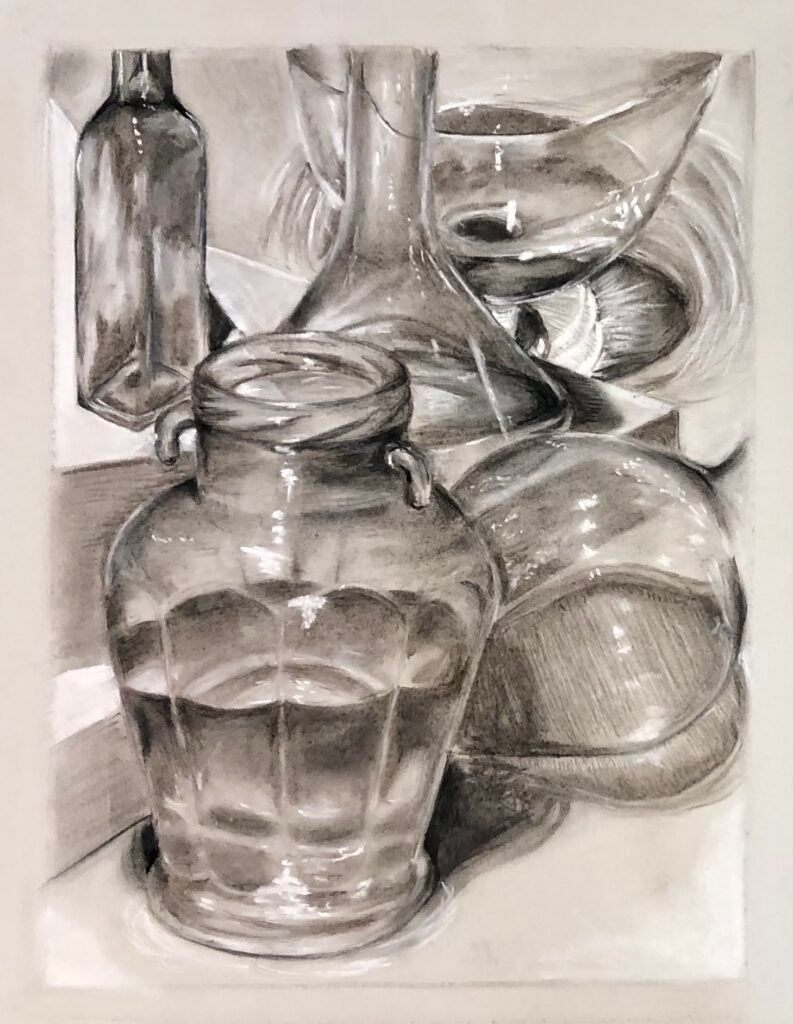
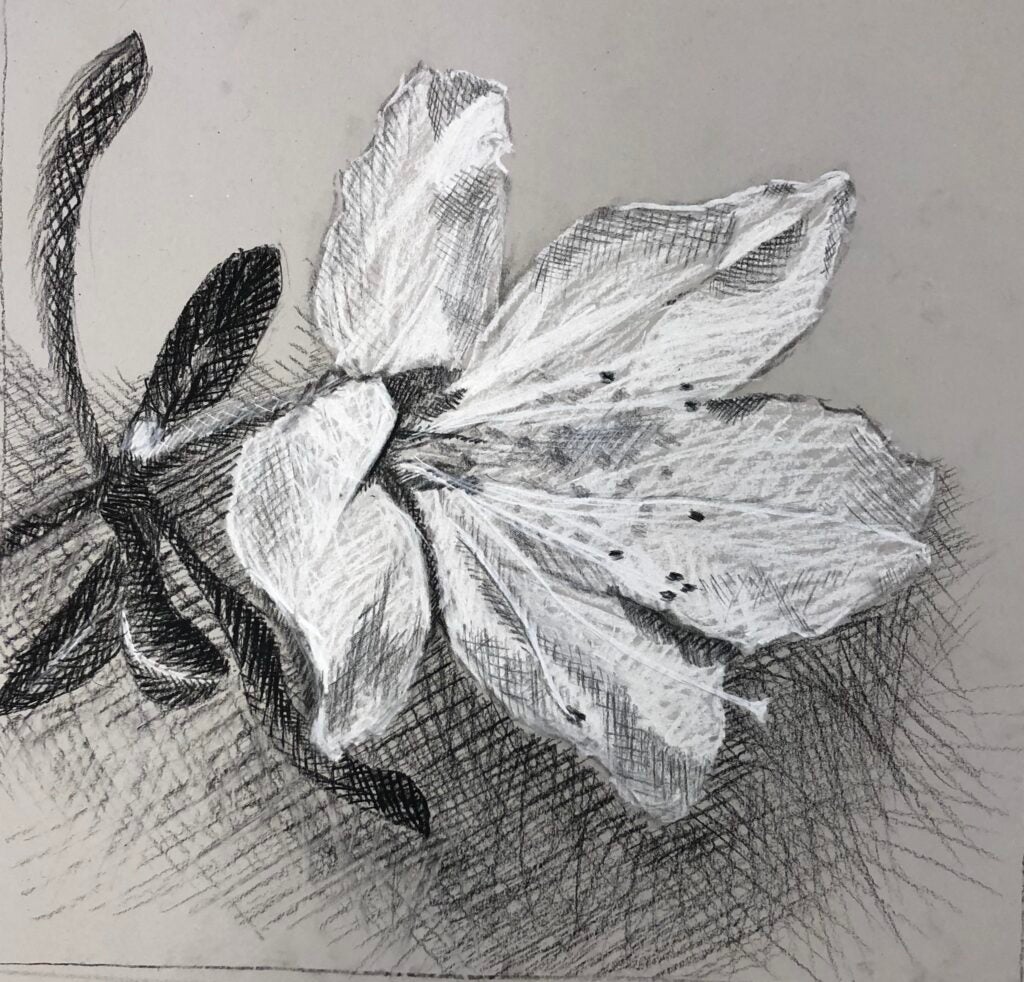

ARTS 1100-05 – Drawing I: Visual Language In this course, students explore drawing as a graphic means to process the world around them. The class starts with the fundamentals of composition, and how to use light and shadow to describe form. We then look at line as a means of discovery and expression, along with other techniques of rendering form, space and texture. Projects range from still life and interiors to studies of nature, animal skulls and the portrait/figure. Students are approached on an individual basis as well as through group discussions, slideshows, demonstrations and critiques. “Learning to draw is really a matter of learning to see.” – Kimon Nicolaides.
This course is taught by Professor Ann Schlesinger.
ARTS-2102-01 — Drawing II: Color
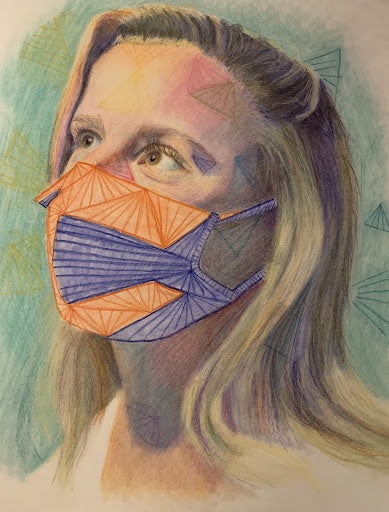
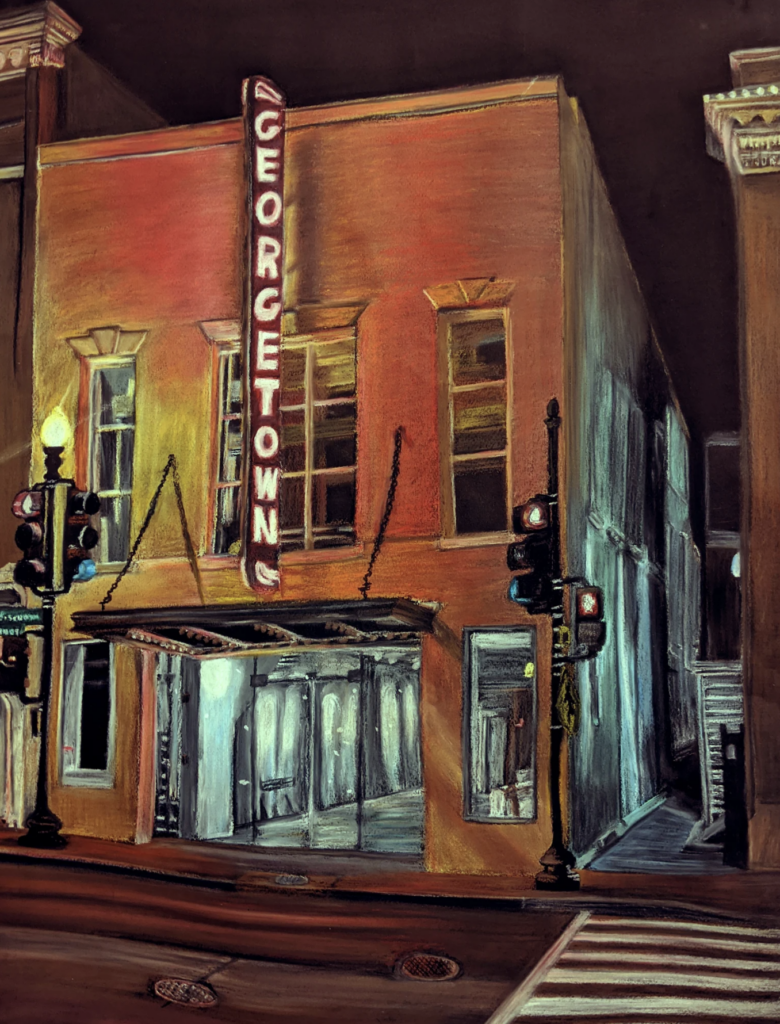

ARTS-2102-01 — Drawing II: Color covers the technical aspects of drawing through both historical and contemporary means. The goal of this course is to strike a balance between traditional approaches to color and the use of a variety of pigments with your own unique vision and individual critical decision-making skills. We will spend most of our time drawing, however, students will also take part in critiques and discussion on their work, hands-on demonstrations, slide shows and artist lectures/videos so that students can experience art in a larger historical and cultural context.
This course is taught by Professor Erik Sandberg.
Printmaking
ARTS 1200-01 – Printmaking I: Relief


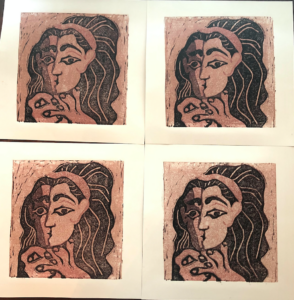
ARTS 1200-01 – Printmaking I: Relief This course utilizes traditional hand printing of relief images from Linoleum plates. Test plates are done in color and in balc and white. Folds and simple bookmaking are presented as options. After learning safe cutting, registration and printing methods, students are encouraged to pursue their own personal imagery. Critiques and view and response of videos and online print-related sites is required.
This course is taught by Professor Scip Barnhart.
ARTS 1603-01 — Art of the Book
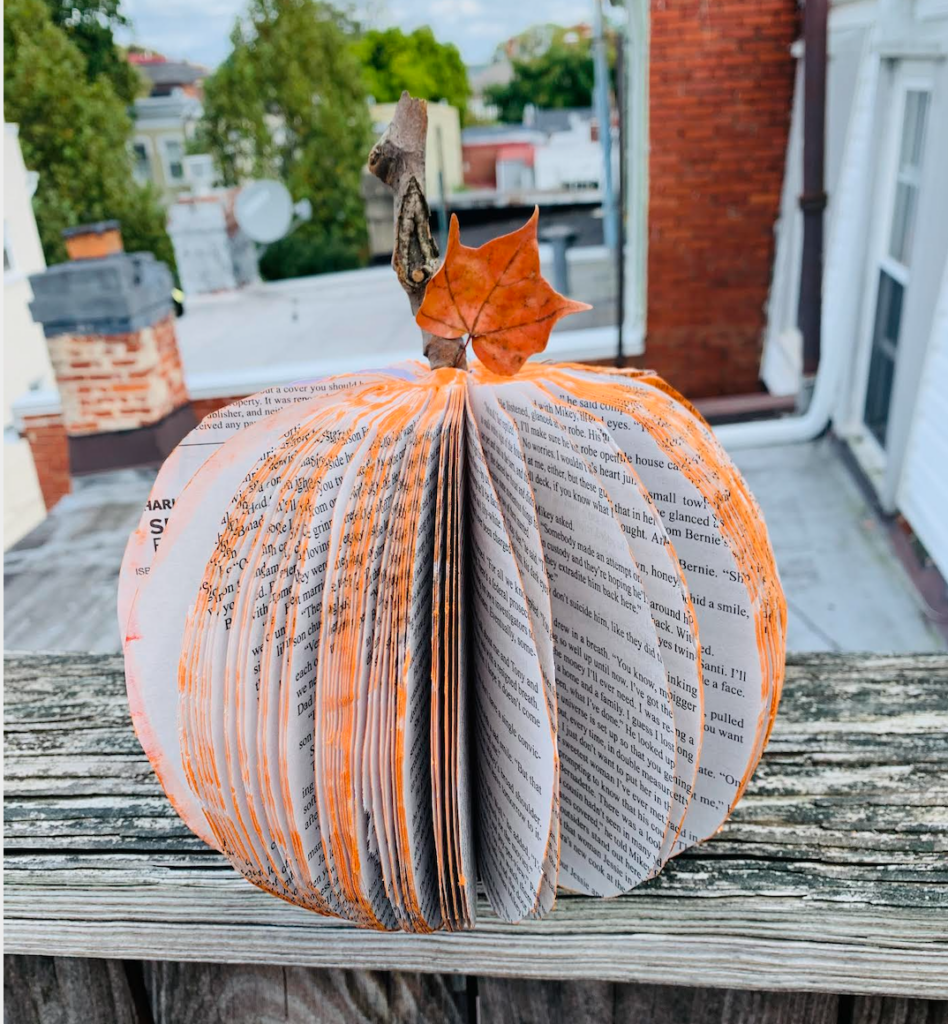
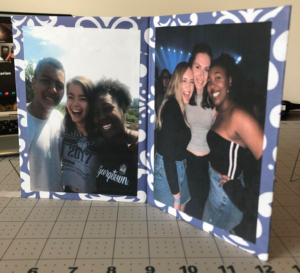
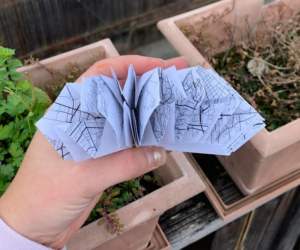
ARTS 1603-01 — Art of the Book This course explores the practice and creation of unique artist books. Multiple bindings, sewing, folds, cutting methods, and techniques are taught to prepare students for personal expression through handmade books.
This course is taught by Professor Scip Barnhart.
Photography
Darkroom
ARTS 1300-02 – Photo I: Darkroom
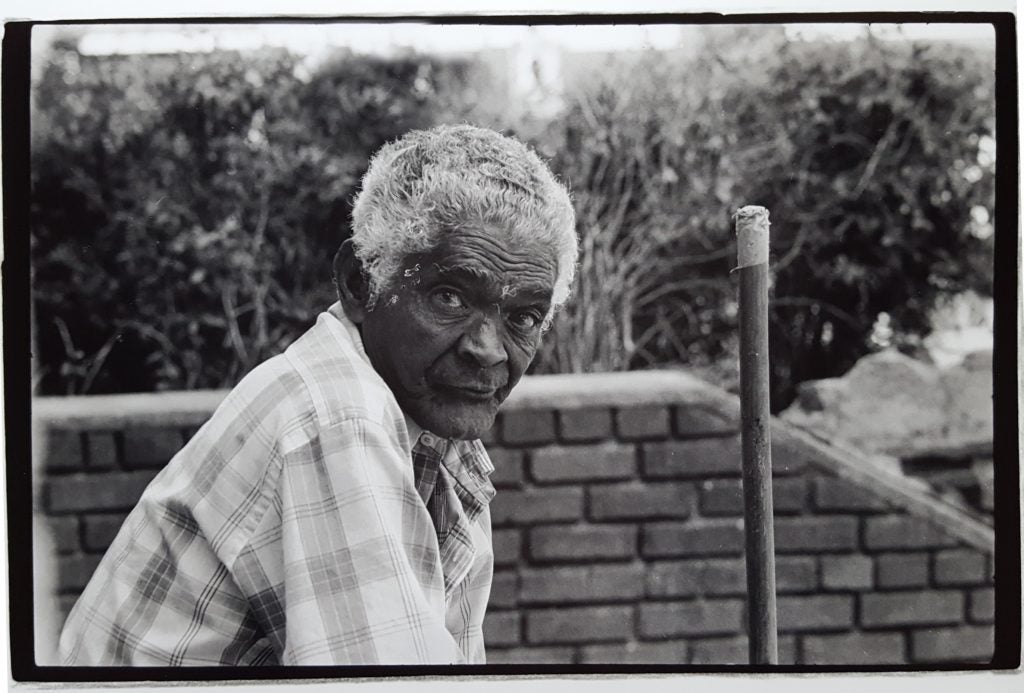
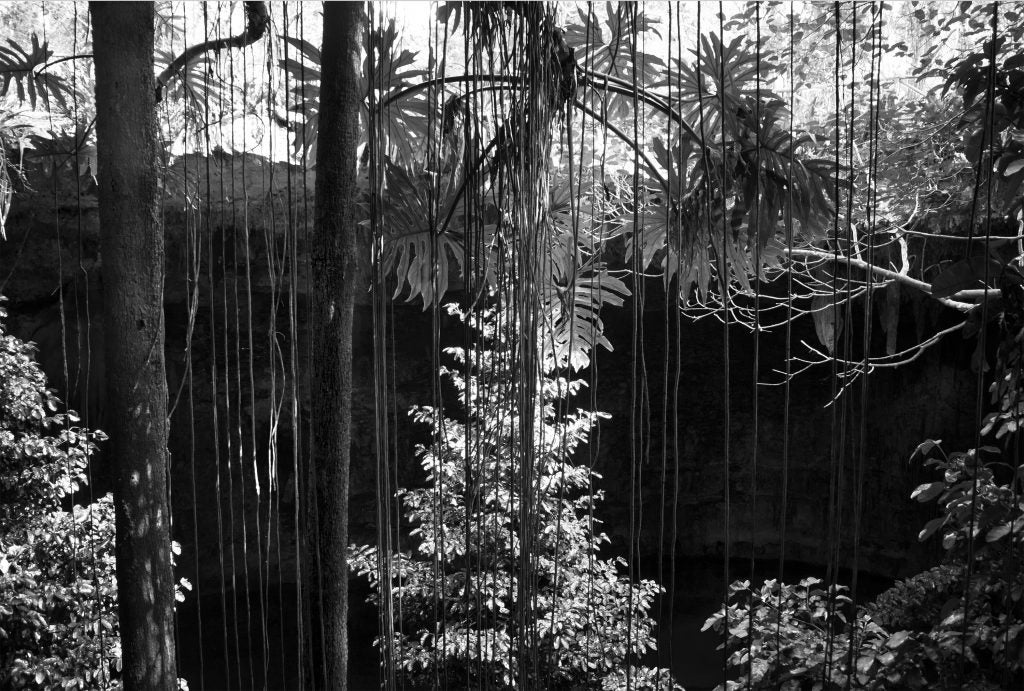
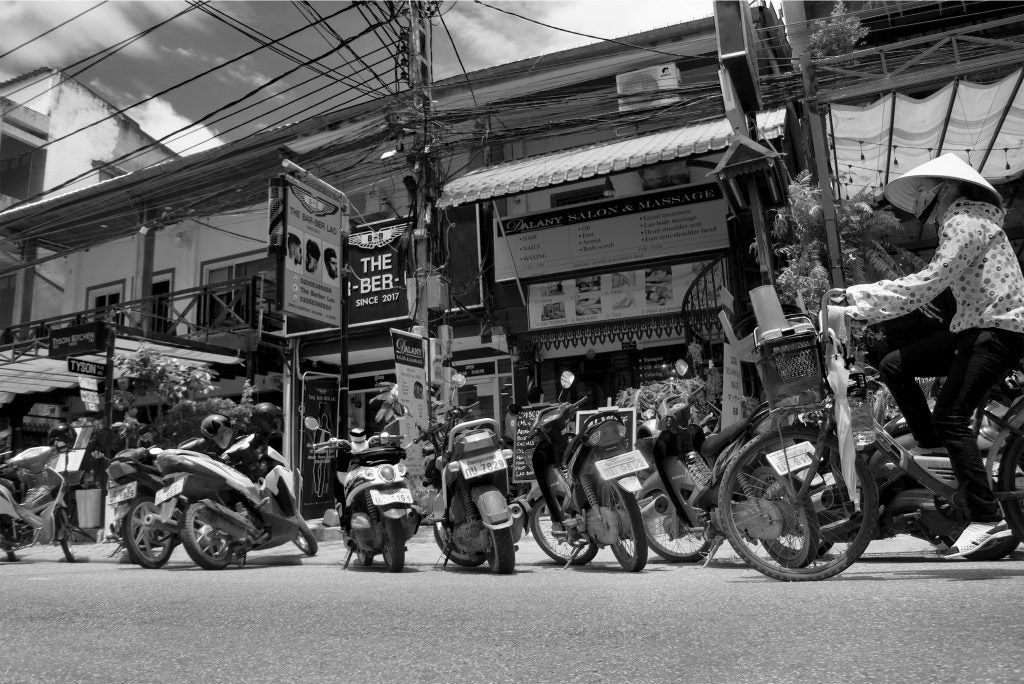
ARTS 1300-02 – Photo I: Darkroom This course has been designed for students who do not have any technical understanding or previous experience with traditional black-and-white film photography. It will cover camera operations, film processing, enlargement printing, and presentation methods; students will expose, develop, and print all of their own images. Information will be conveyed through traditional readings, demonstrations, and hands-on experience with the camera out in the field and print chemistry in the darkroom.
This course is taught by Professor Kelly Carr.
Digital
ARTS 1301-01 – Photo 1: Digital
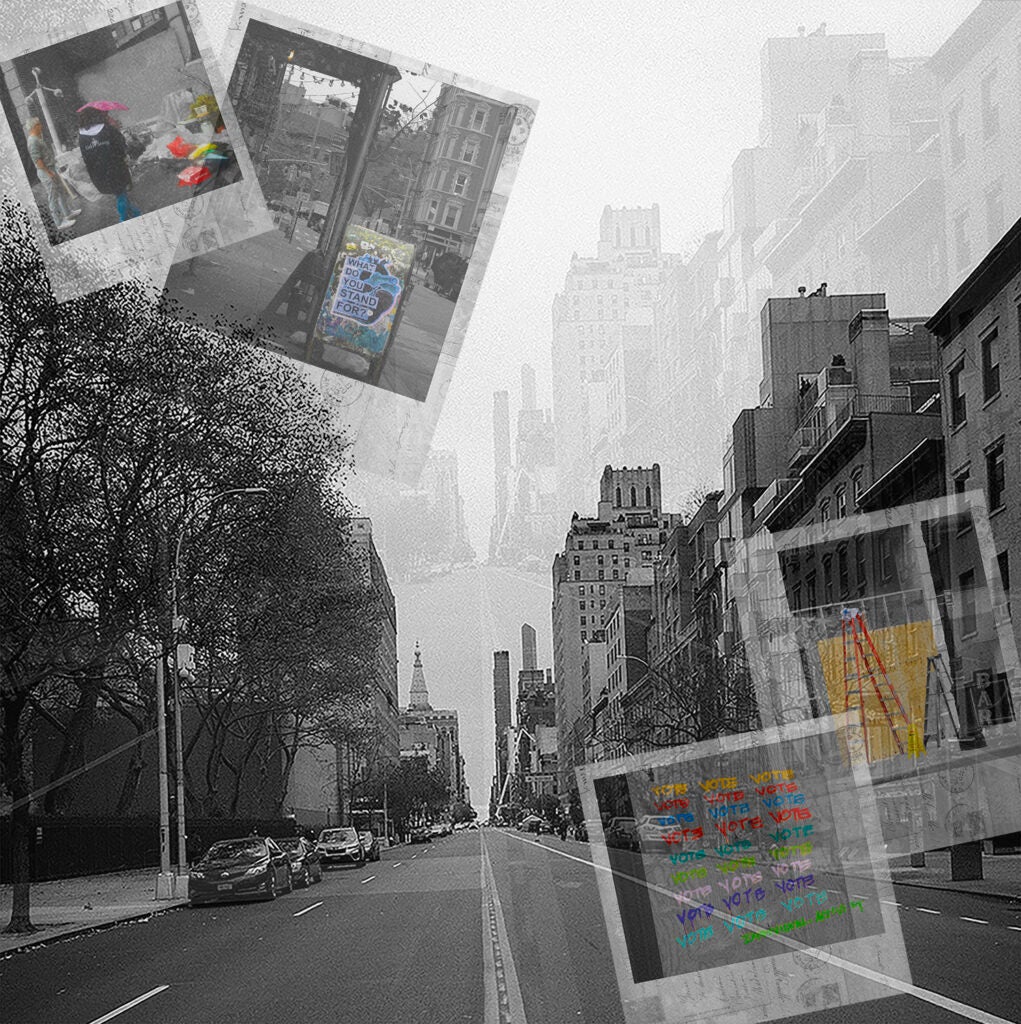
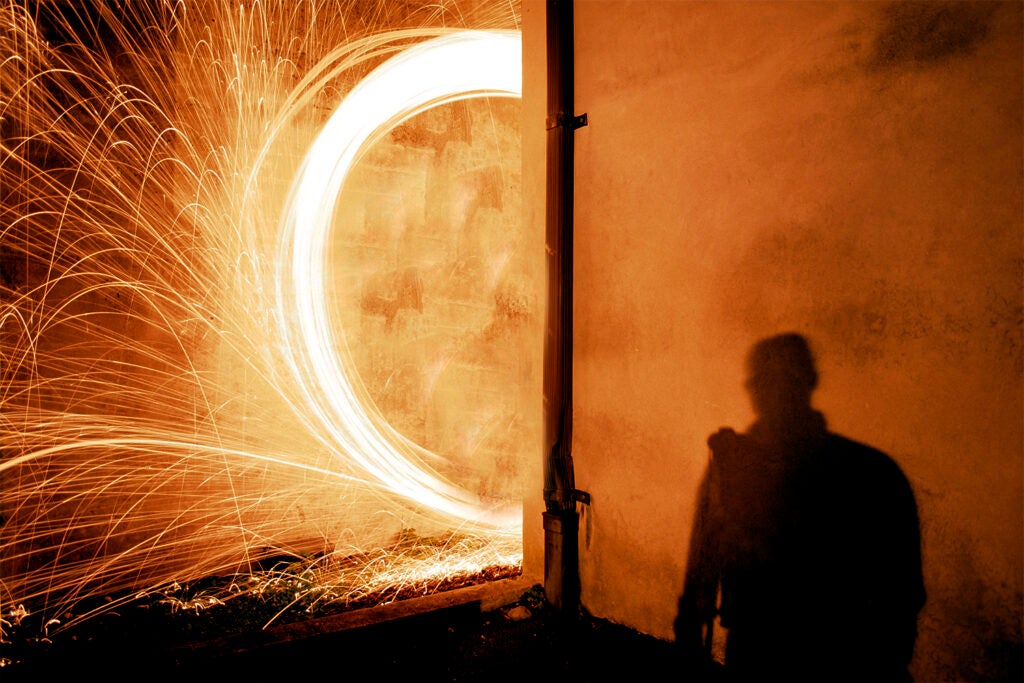
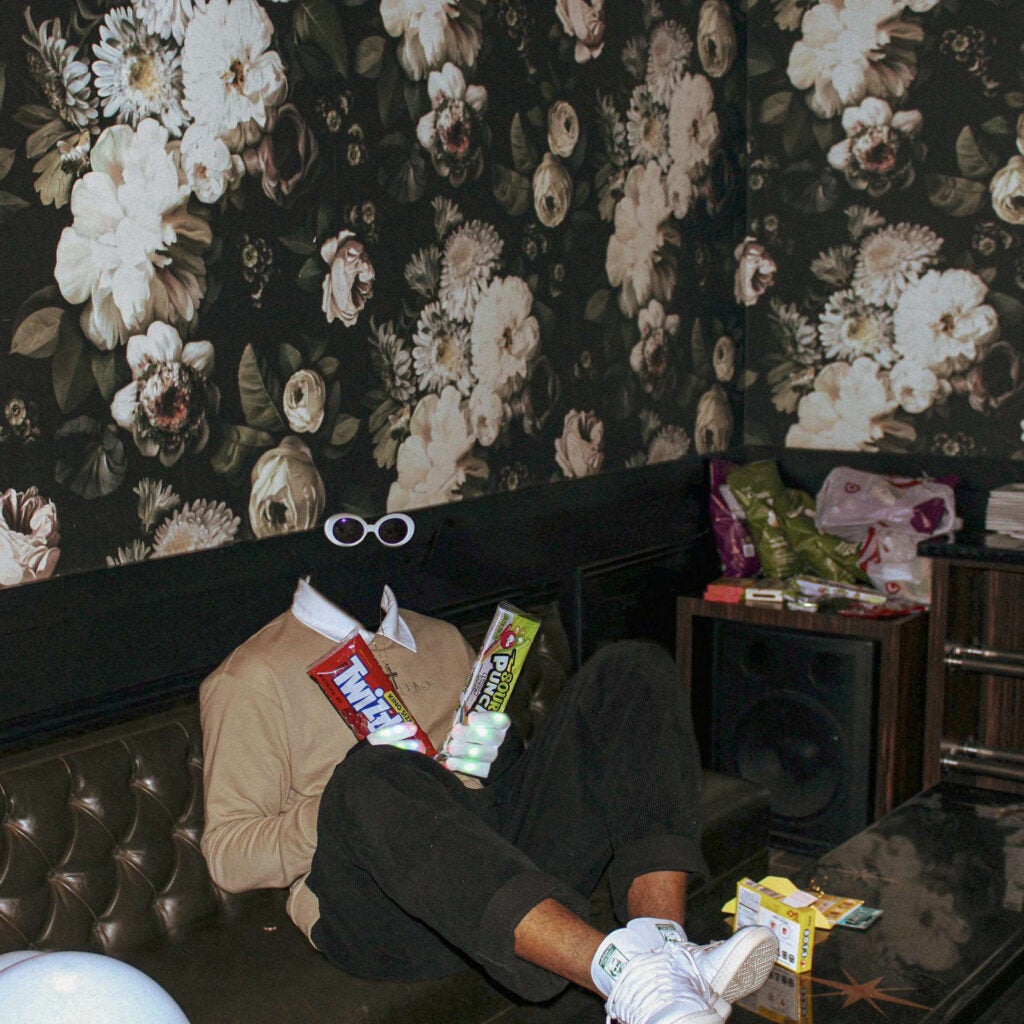
ARTS 1301-01 — Photo 1: Digital Photography plays a predominant role in how we explore and express ourselves, and how we connect. Even after the pandemic, that will still be true. This class explores how the craft challenges, the cultural framework, and the photographer’s perspective are potential tools to help be better at making and understanding photographs.
These courses are taught by Professor Bruce McKaig.
ARTS 1301-02 – Photo 1: Digital

ARTS-1301-02 — Photo 1: Digital This is an introductory digital photography studio art course designed to develop the hands-on skills necessary to produce and identify the elements of a good photograph and to acquire a thorough working knowledge of digital equipment. Students will gain an understanding of the aesthetic and technical areas of photography as a fine art. Class lectures, discussions and digital lab assignments will deal with photographic composition, criticism and history, camera and paper types, and printer systems. Fundamental knowledge of computer programs such as Photoshop will be covered for students to edit and print their work. Students enrolled in studio courses must devote a minimum of 4 to 6 hours per week outside of class to develop and complete assignments. Through the analysis of the history of this medium this class involves the study of photography as a metaphor for the human condition with students engaging in self-reflection and questioning through analysis, inquiry, dialogue and creation.
This course is taught by Professor Roberto Bocci.
ARTS 1301-03 – Photo 1: Digital
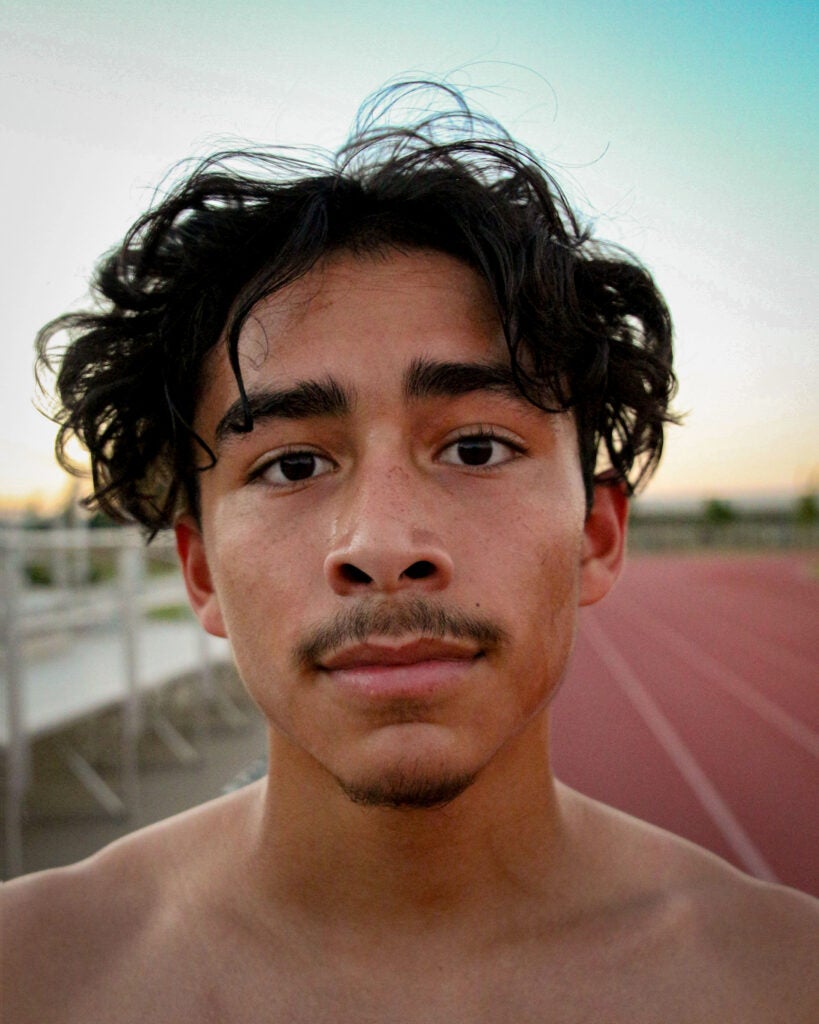

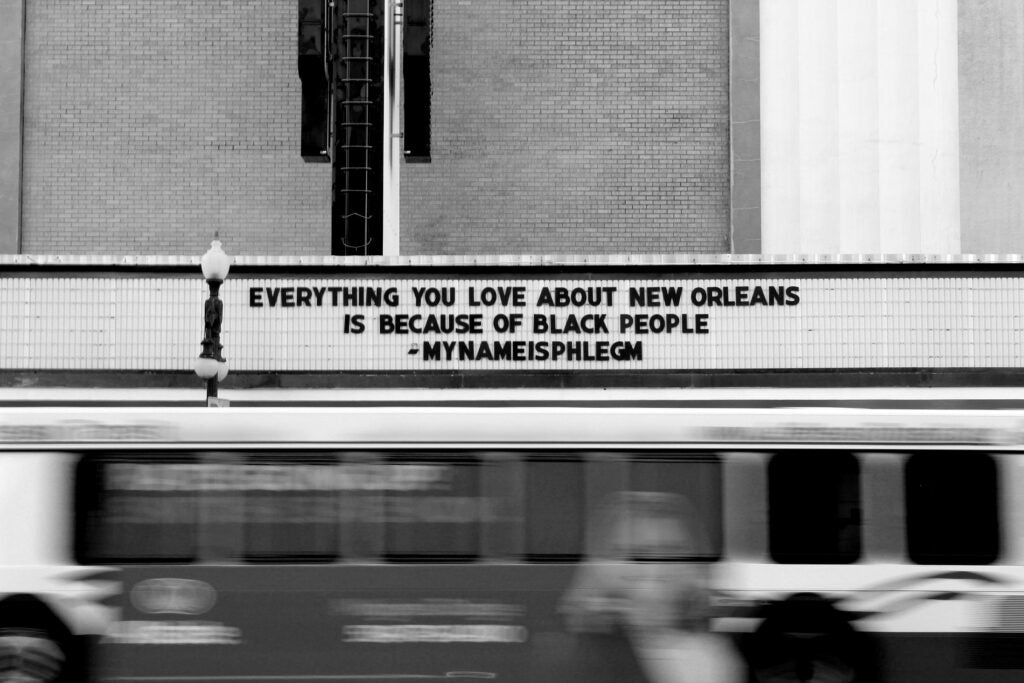
ARTS 1301-03 – Photo 1: Digital This is a basic digital photography studio art course designed to develop the hands-on skills necessary to produce and identify the elements of a good photograph and to acquire a thorough working knowledge of digital equipment. Students will gain an understanding of the aesthetic and technical areas of photography as a fine art. Class lectures, discussions and digital assignments will deal with photographic composition, criticism and history. Fundamental knowledge of computer programs such as Photoshop will be introduced in the semester to develop photographic imagery.
This course is taught by Professor Kelly Carr.
ARTS 1302-01 — Photo I: Alternative Processes
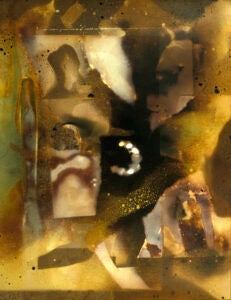
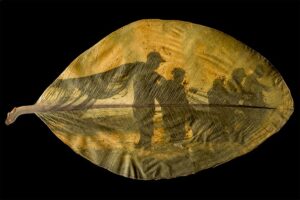
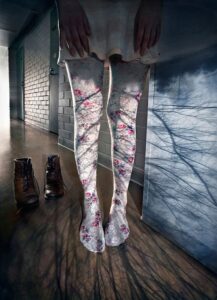
ARTS 1302-01 — Photo I: Alternative Processes This alternative photography studio art class challenges boundaries between historical techniques and contemporary means of expression. Students will discover a diversity of photographic processes, often without a camera, to explore how relevant they are to individual voice and contemporary art practices. Processes include but are not limited to cyanotypes, chlorophyll prints (photographs on plant leaves), pinhole photography, hand coloring, flip-books and other rudimentary motion processes, social media. Mostly a production class, students will also be introduced to other historical and contemporary examples through presentations, recorded as well as live on Zoom. No experience is necessary.
This course is taught by Professor Bruce McKaig.
ARTS 2300-01 – Photo II

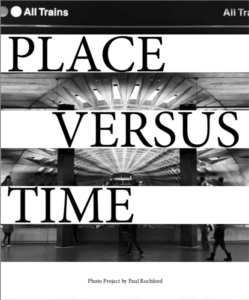
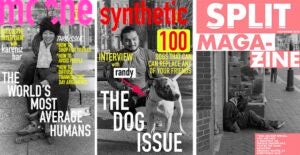
ARTS 2300-01 – Photo II is an advanced class for both film and digital photography students to continue shooting and printing their creative work in order to compile a portfolio that can be used to apply for internships, jobs or graduate school. Projects include the portrayal of a city (Washington DC and/or other), event documentation (the documentation of street events, political protests, rock concerts etc.), a book-making project that can be printed and bound in-house or sent out to companies like Blurb, and mini projects to learn how to use advanced Photoshop compositing and editing techniques. Projects can be developed on film or digital format and printed as gelatin silver and/or digital prints. As students produce work the prints are inserted into a hard copy portfolio or added to a website. The primary software packages students will use are Adobe Photoshop and Bridge and/or Adobe Lightroom.
This course is taught by Professor Roberto Bocci.
Sculpture
ARTS 1400-02 & 1400-03 – Sculpture I
There are two sections of 1400, at different times.
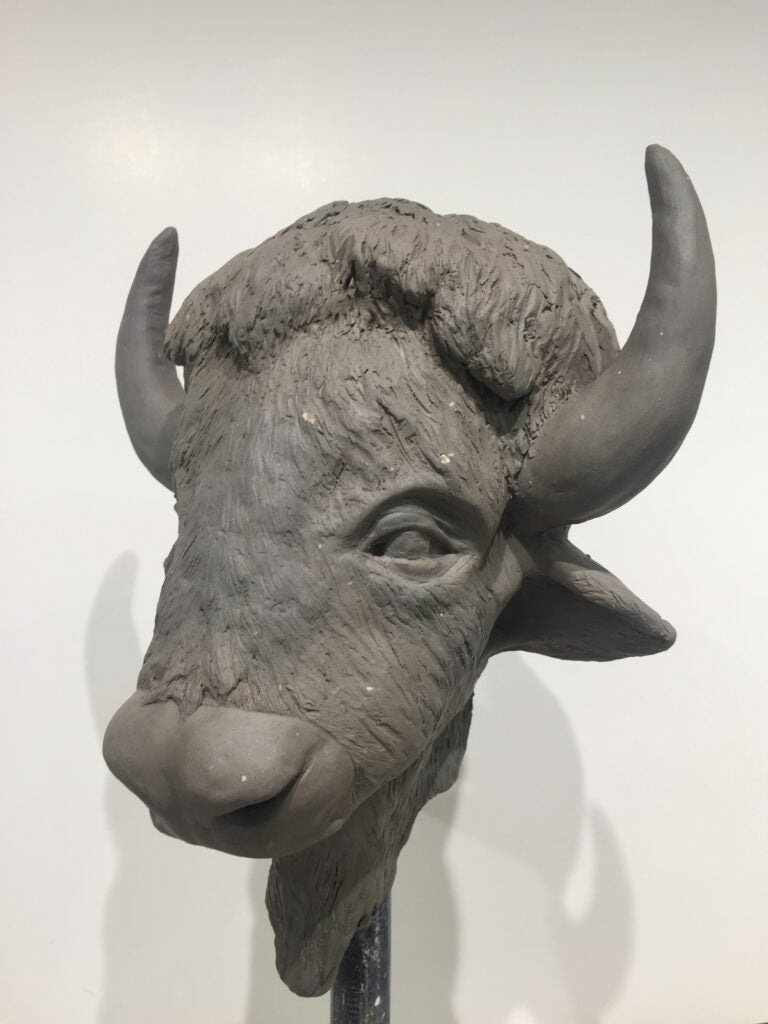

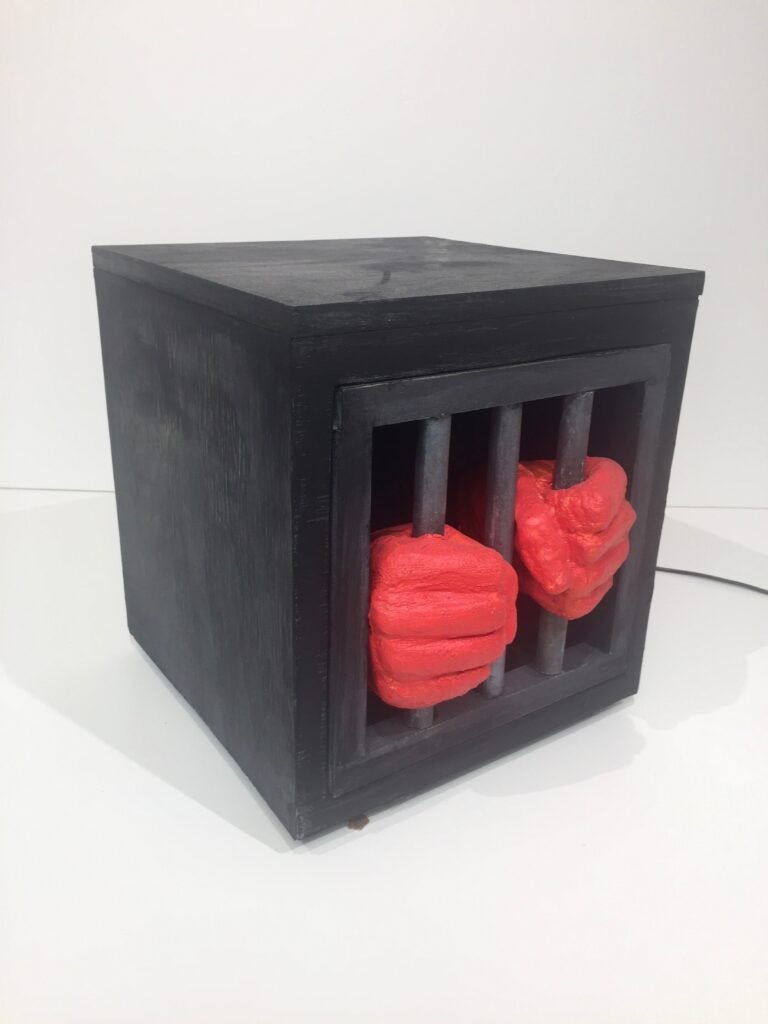
ARTS 1400-02 & 1400-03 This course offers students the opportunity to exercise their creative drive and objectify their ideas as three-dimensional form. Students work in traditional and contemporary methods and materials. During the semester there are three thematically driven projects that simultaneously introduce new materials, processes, and formal consideration. Sculpture is an introductory course with projects that range from modeling a representational form in clay, creating abstract sculptures with recycled materials, and developing sculptures based on a conceptual prompt. All technical processes in this course are introductory and require no previous experience in art making.
Please note that the Sculpture Studio is located in the basement of the Walsh building, down one flight of stairs. This room is not wheelchair accessible.
This course is taught by Professor Evan Reed.
Painting
ARTS 1500-01 – Painting I: Oil
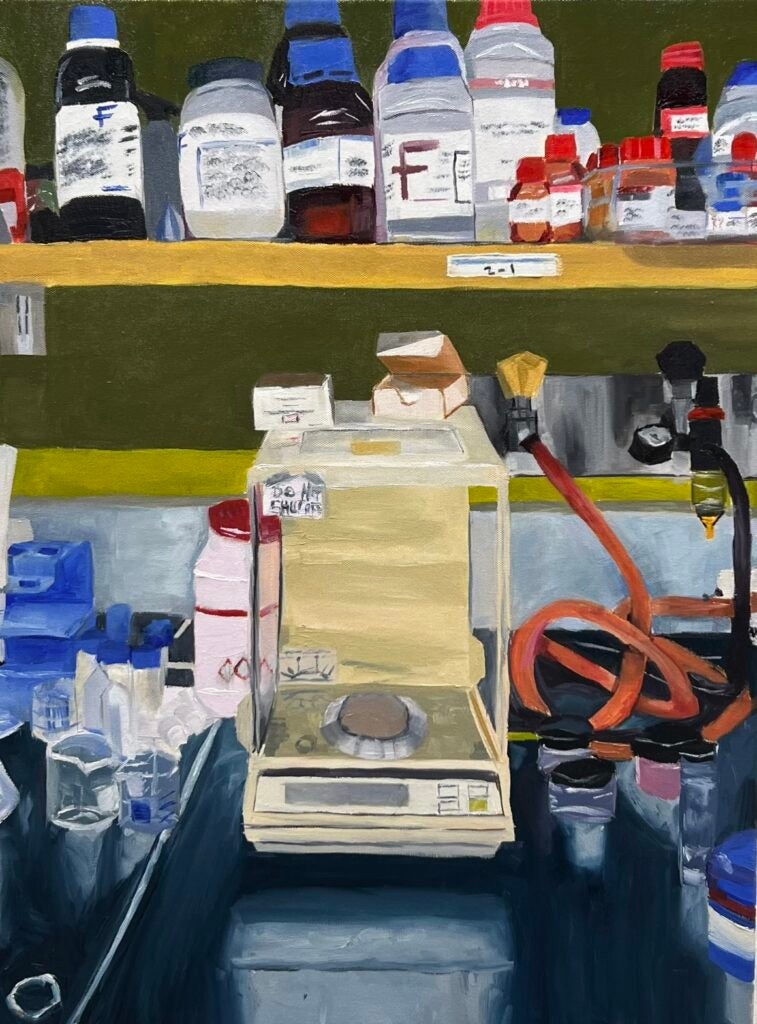

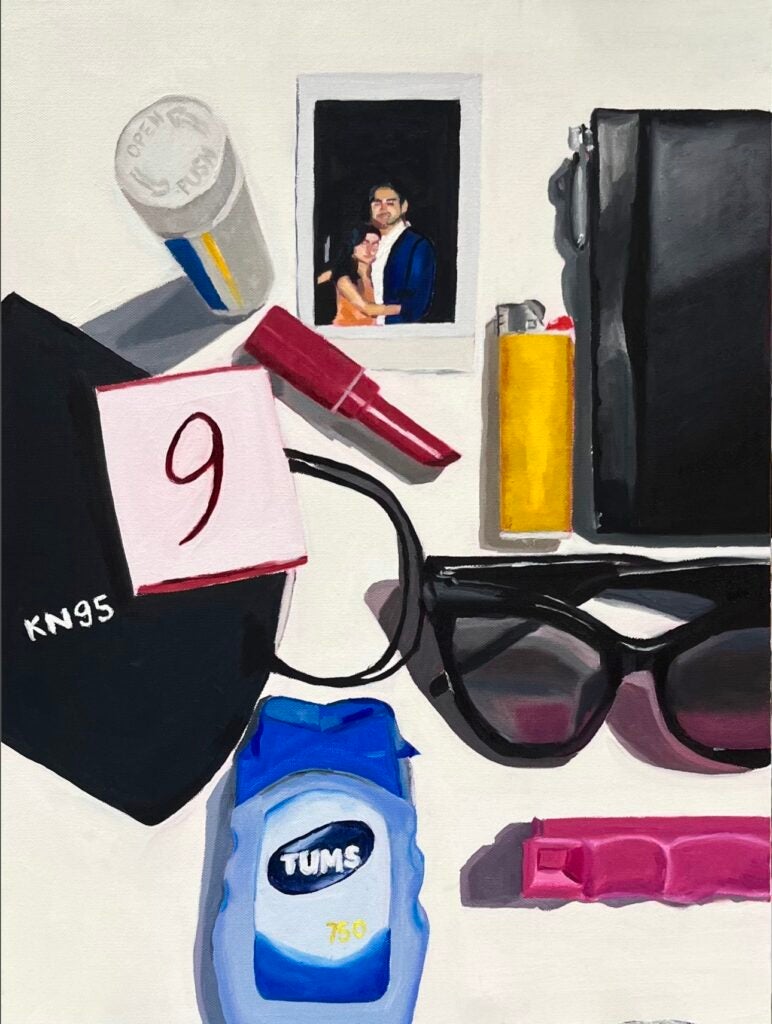
ARTS 1500-01 — Painting I: Oil will address the basic components of making a work of art through oil painting. All levels of experience are welcome, and I will work with each student individually to ensure growth and improvement. We will begin the course working directly from still life and then move to more complex projects as the semester continues. The course will provide historical context for traditional methods of oil painting, as well as contemporary modes of making. Exploration, interpretation, and experimentation are encouraged! Students will build a painting vocabulary and examine a variety of painting philosophies/methods that will transcend this course and assist them with the entire experience of making any type of art.
This course is taught by Professor Marisa Stratton.
ARTS 1500-02 – Painting I: Oil
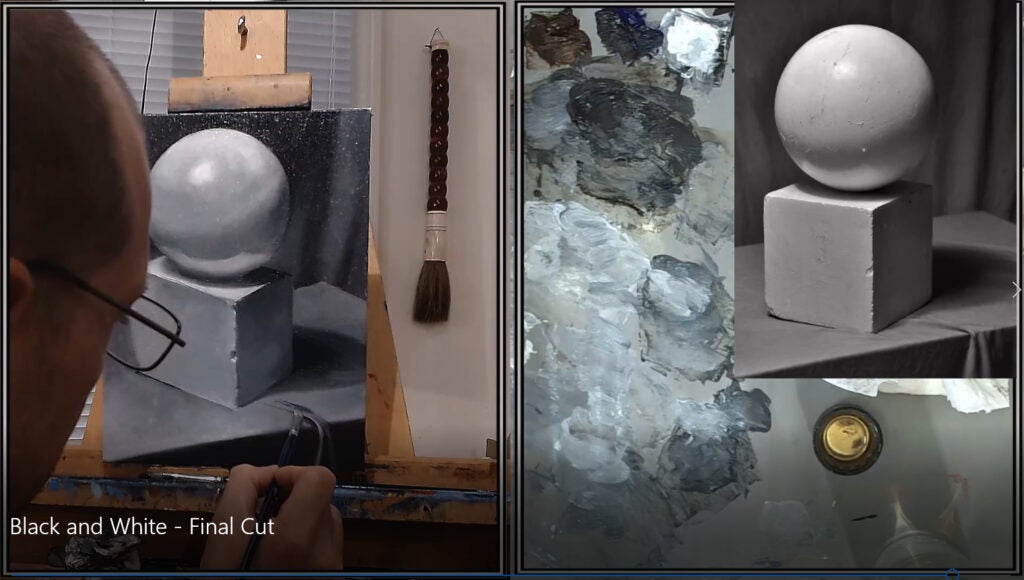

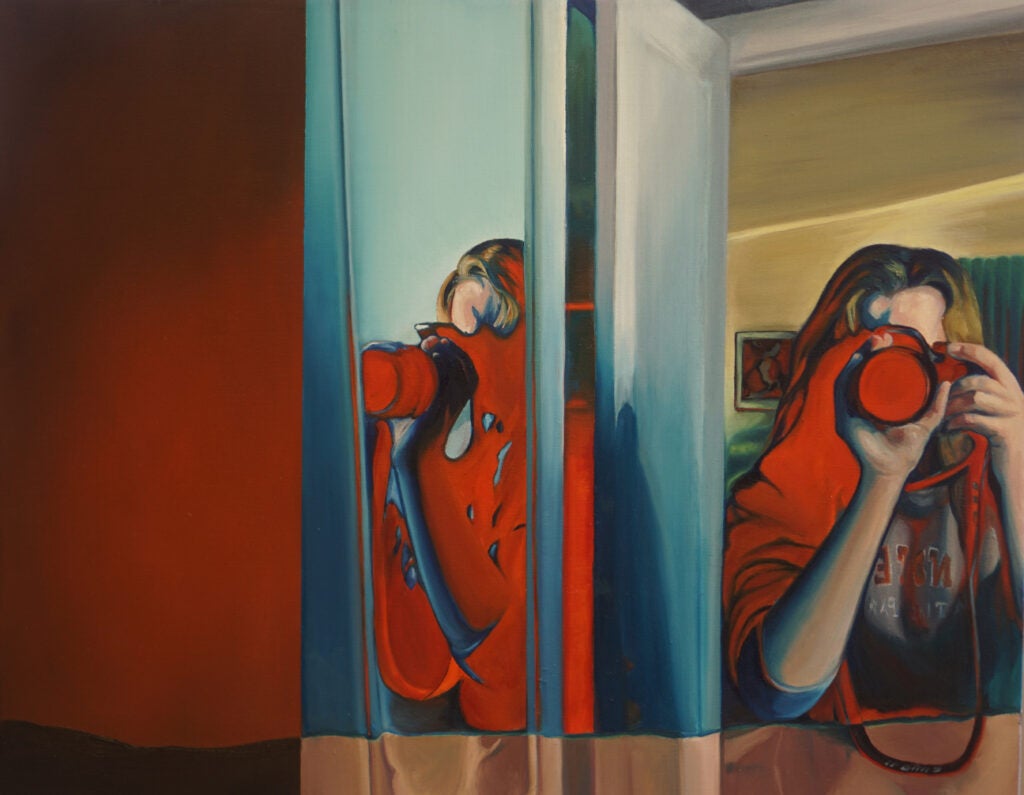
ARTS 1500-02 – Painting I: Oil This is an introductory painting course that teaches the basic techniques of painting. Students learn to paint from observation, in a manner that results in a realistic depiction of the subject. However, the goal of this course is not to make copies, but to strike a balance between an art historical approach to painting with a contemporary one – fostering an environment that encourages students to think creatively and to experiment with the paint and the subject. This is achieved through live demonstrations, artist slide lectures, group, and individual critiques.
This course is taught by Professor Scott Hutchison.
ARTS 1500-02 – Painting I: Oil
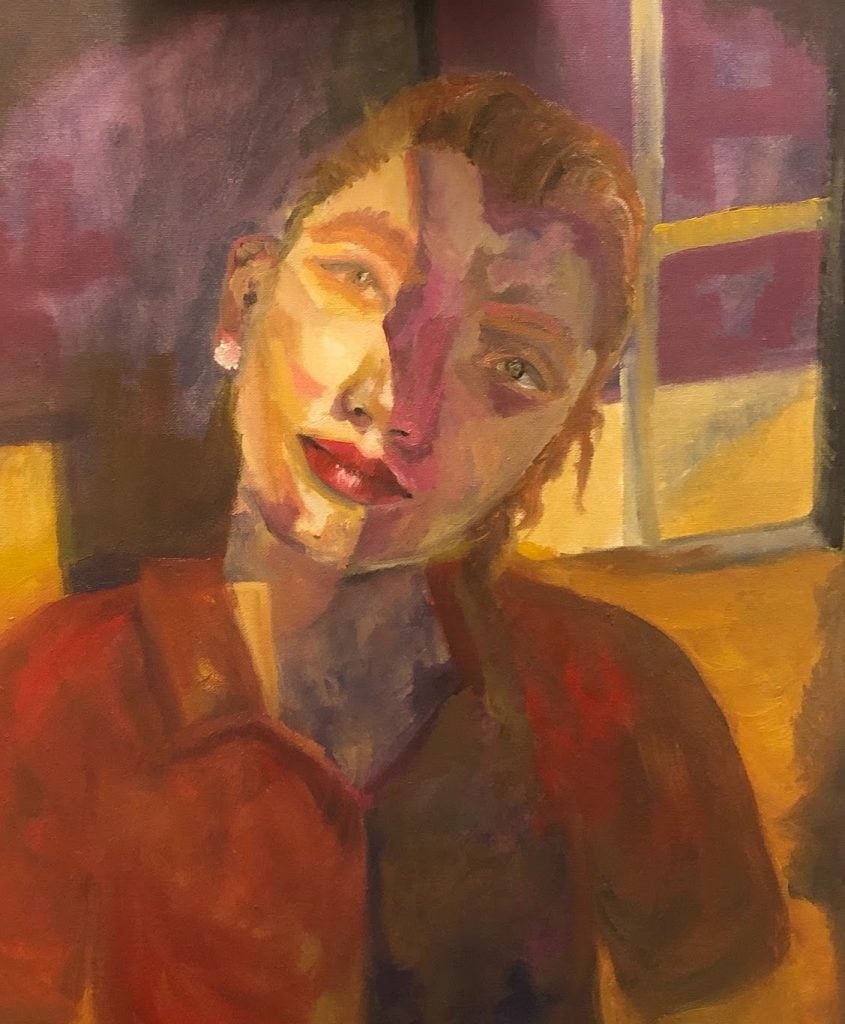
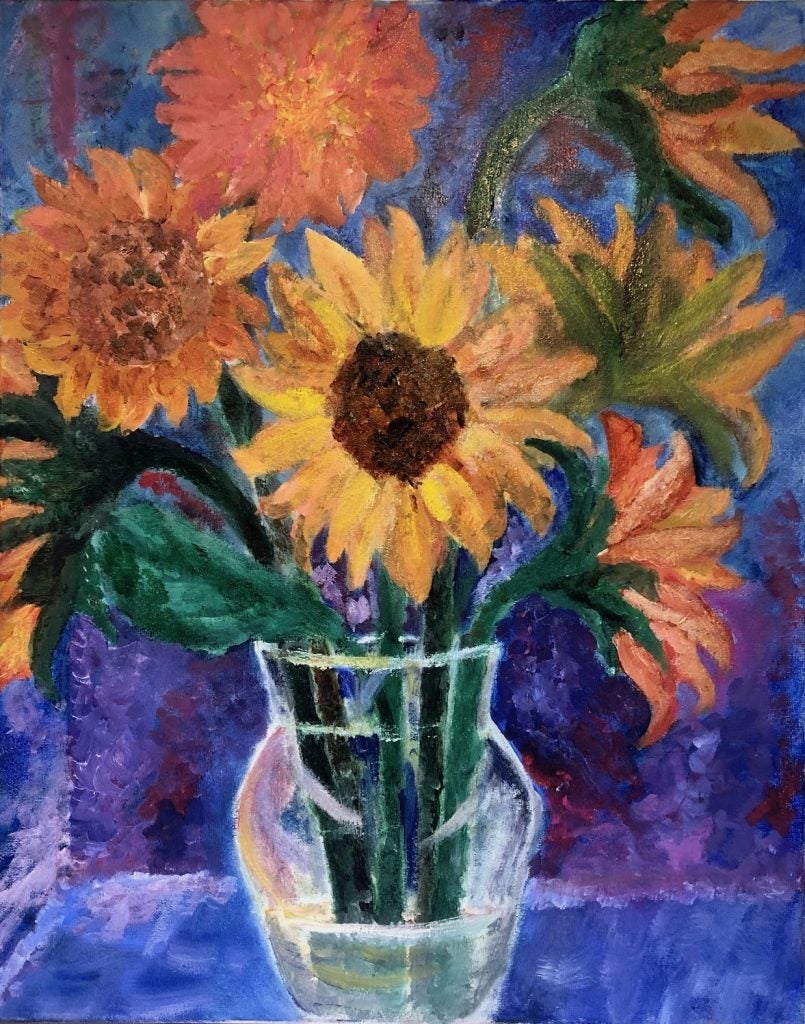

ARTS 1500-03 — Painting I: Oil “A painting requires a little mystery, some vagueness, and some fantasy.” – Edgar Degas. In this painting course, students are introduced to the oil medium, its techniques and concepts, from traditional to more contemporary approaches. With an emphasis on composition, students will explore color and tonal relationships, as well as surface and textural qualities. Starting with the basics of color mixing and application, students move through a series of projects and exercises in which they explore various aspects of the painting process, gradually building their skills and understanding. Subjects range from still life and landscape to portrait/figure. Students are engaged on an individual basis as well as through group discussions, lectures/ slideshows, demonstrations, and critiques.
This course is taught by Professor Ann Schlesinger.
ARTS 1501 – Painting I: Acrylic
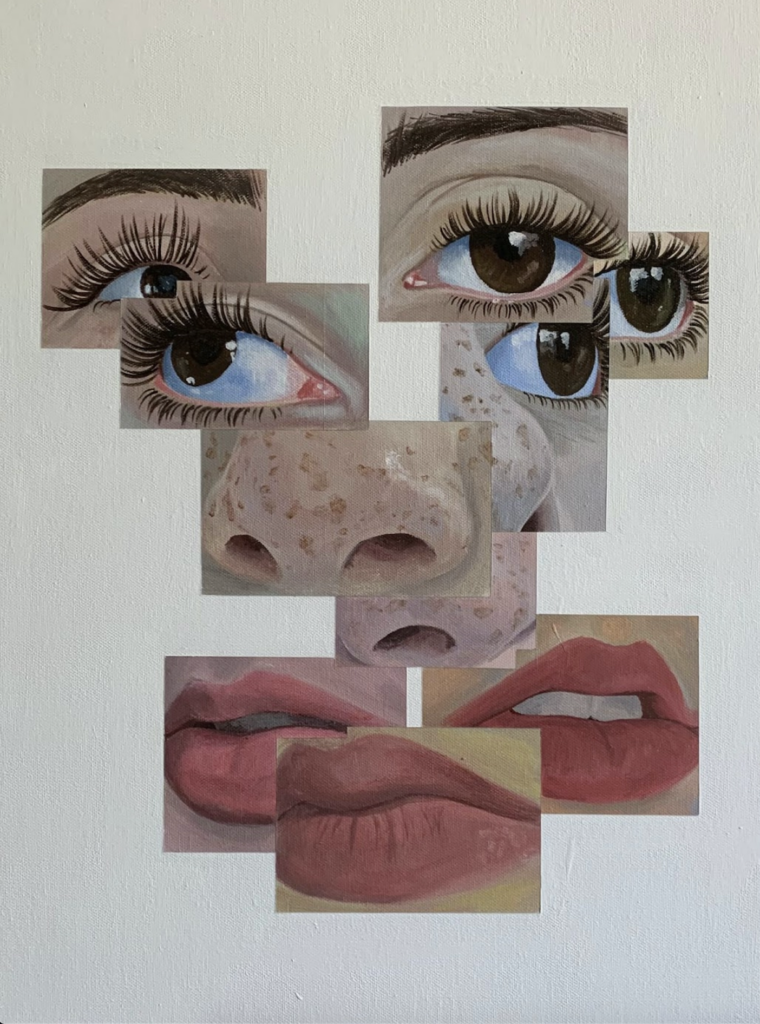
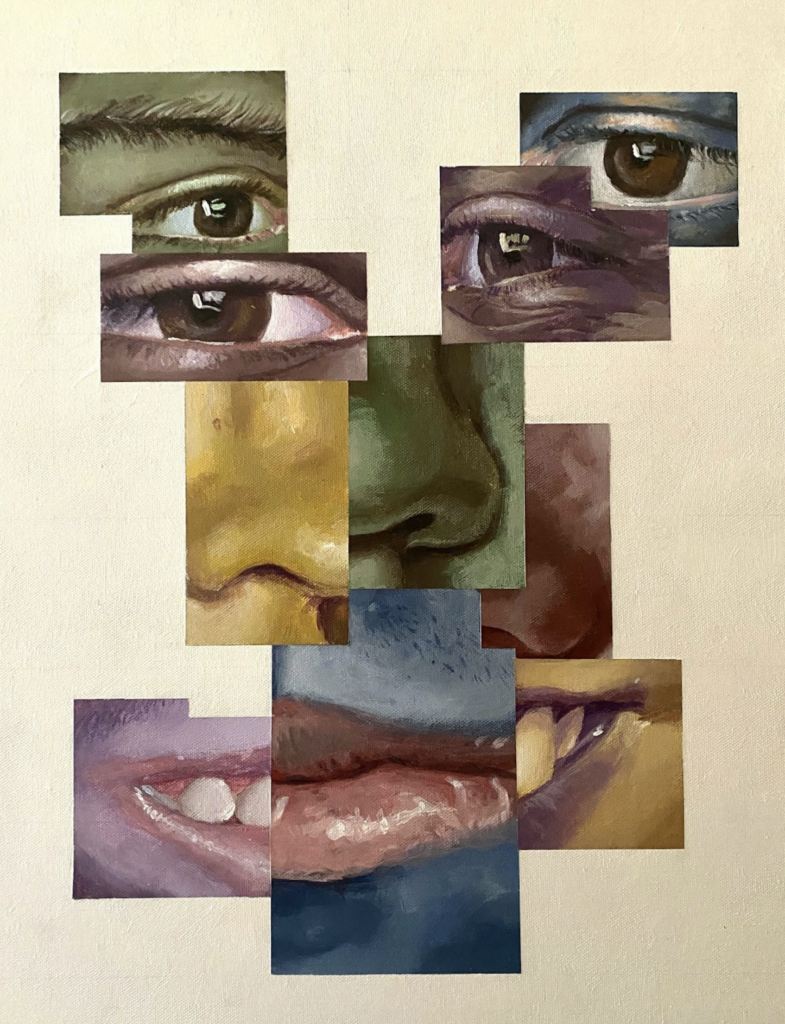
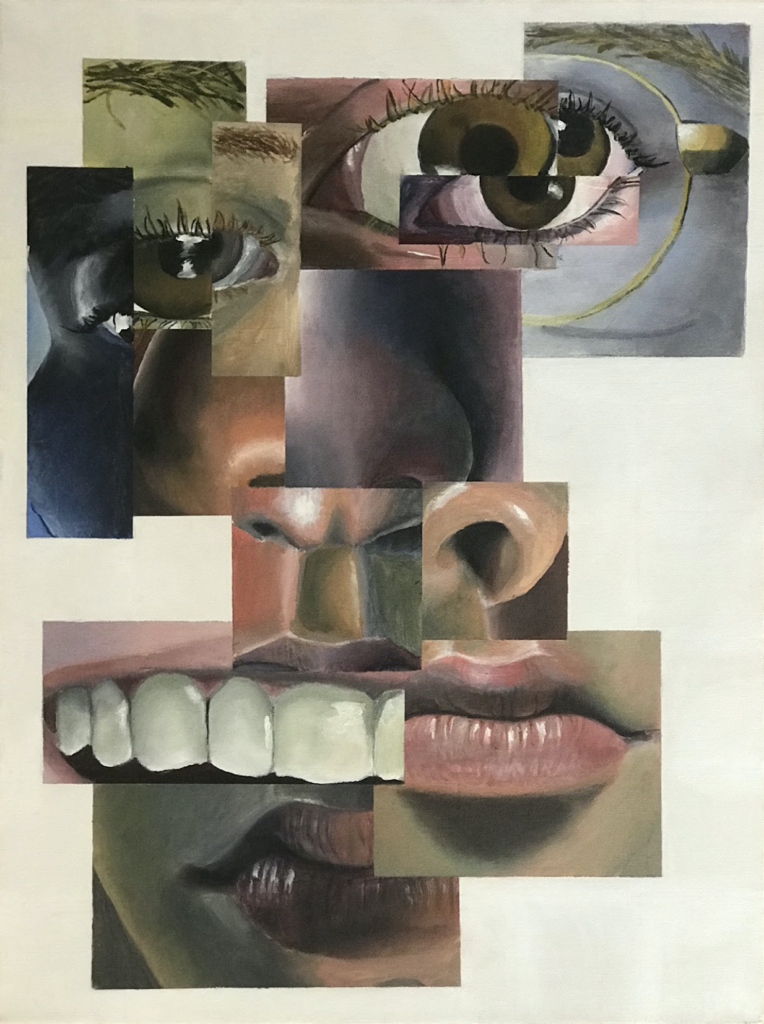
ARTS 1501 – Painting I: Acrylic This is an introductory course that consists of lectures and studio labs. This course focuses on both the acquisition of fundamental knowledge of acrylic painting, and the creation of paintings using one’s own unique imagery. Relevant art historical references and resources will be introduced in order for students to contextualize their work in reference to art history. Students will utilize critical thinking and problem-solving skills by doing progressively challenging assignments. As they work on these assignments throughout the semester, they will develop a more sophisticated aesthetic approach in the areas of color, composition, perspective, balance, and subject matter. There will be five class critiques (four critiques for each individual assignment and the last final critique for the entire course) throughout the semester and each student will have opportunities to discuss their work as well as the work of others.
This course is taught by Professor BG Muhn.
ARTS 1502-01 – Painting I: Watercolor
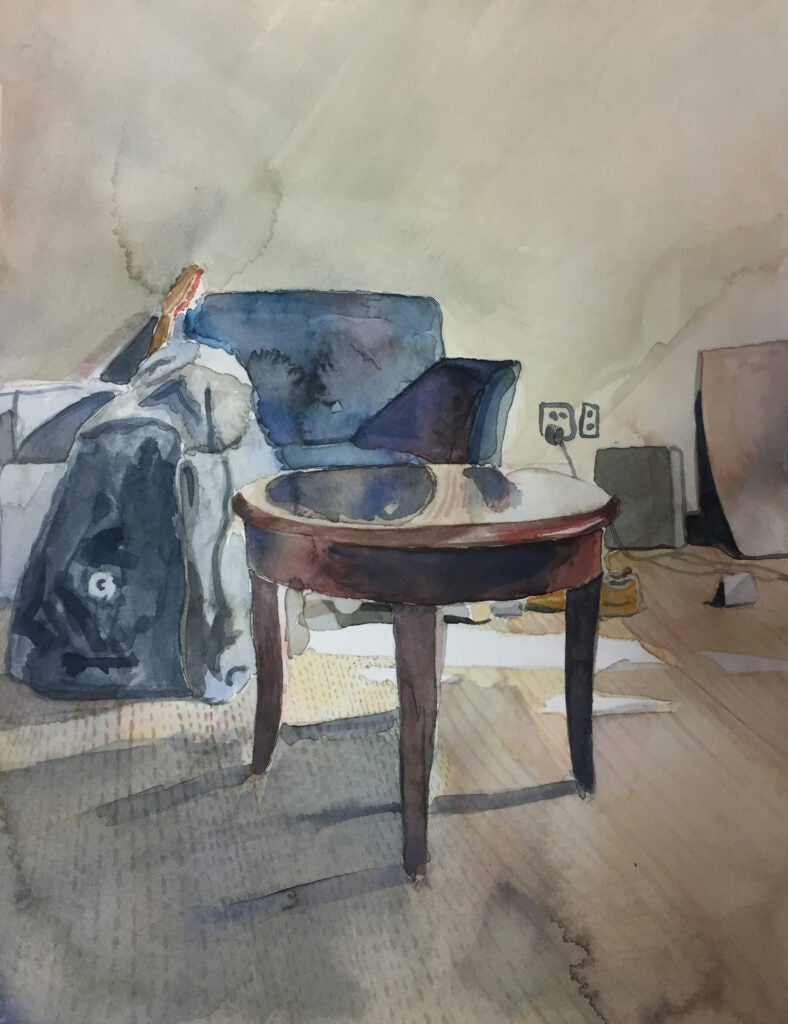
Watercolor on paper.
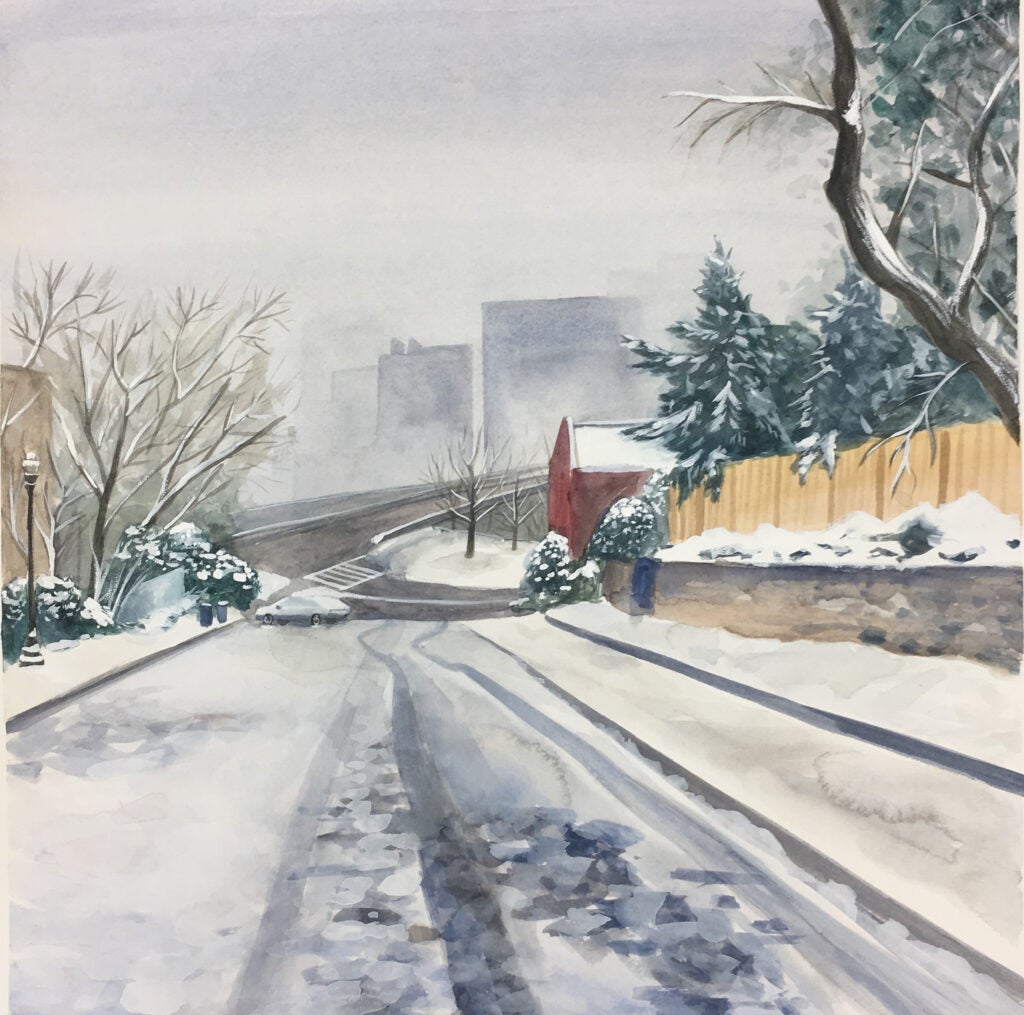
Watercolor on paper.
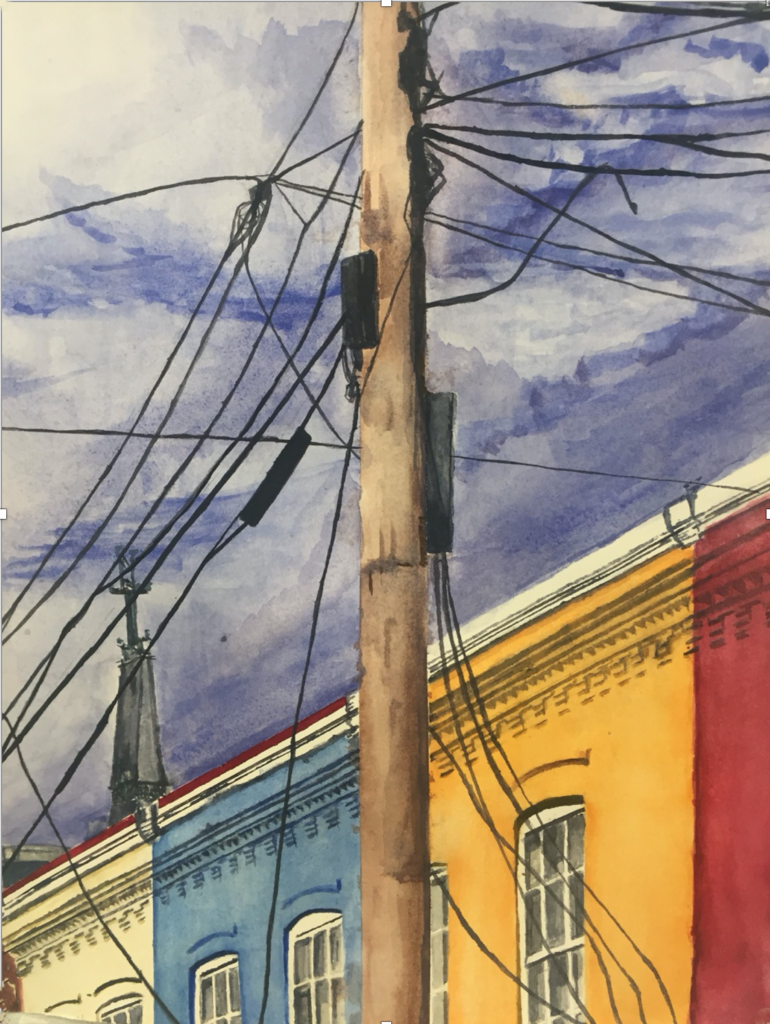
Watercolor on paper.
ARTS 1502-01 — Painting I: WatercolorThis is a studio art class focused on developing the techniques and concepts of painting in traditional, water-based medium. Students will learn the basic techniques of transparent and opaque watercolor. They will investigate the impact of color and value on the illusion of space and form. While focusing on the traditional subjects of landscape, still life, and figure, they will create a portfolio of five images developing their drawing and painting abilities with the medium. Studio projects (watercolors), demonstrations, lectures, and; individual and class critiques will be conducted online using Zoom and Canvas to present all aspects of instruction — technique demonstrations, slide presentations and class discussion. Students create watercolors during regular class sessions for one-on-one feedback from the instructor and they continue to develop their paintings outside of class. The students receive individual guidance and evaluations from the instructor during each class as well as valuable insights from the student discussions during class critiques.
This course is taught by Professor Erik Sandberg.
ARTS 2500-01 — Painting II

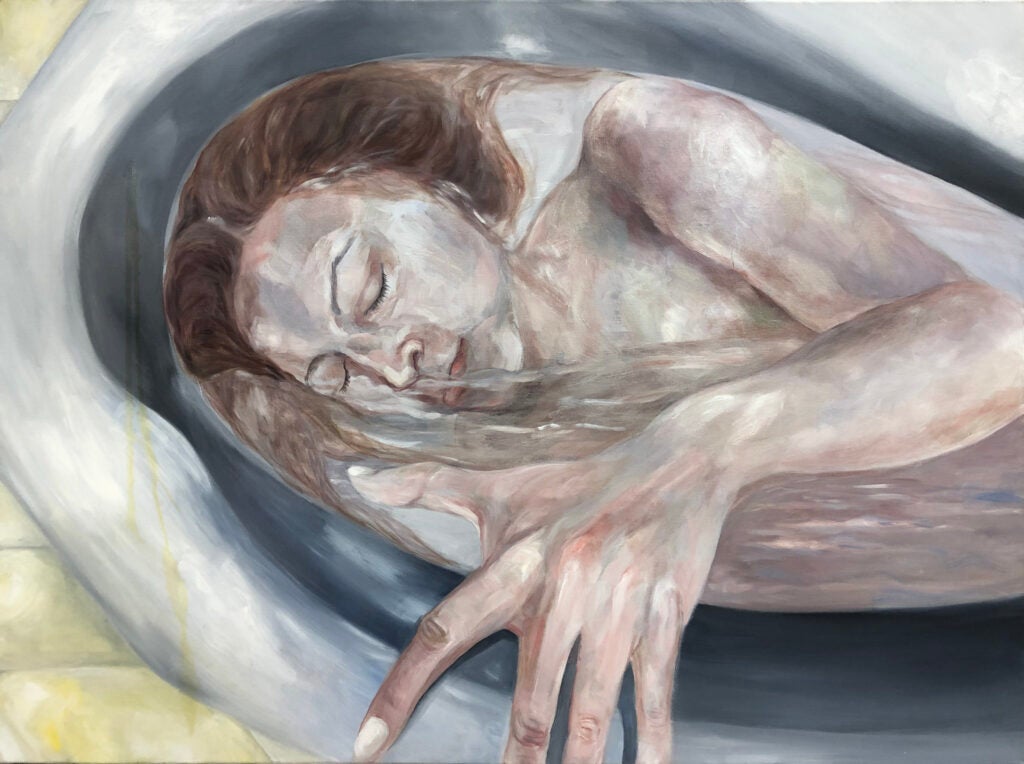
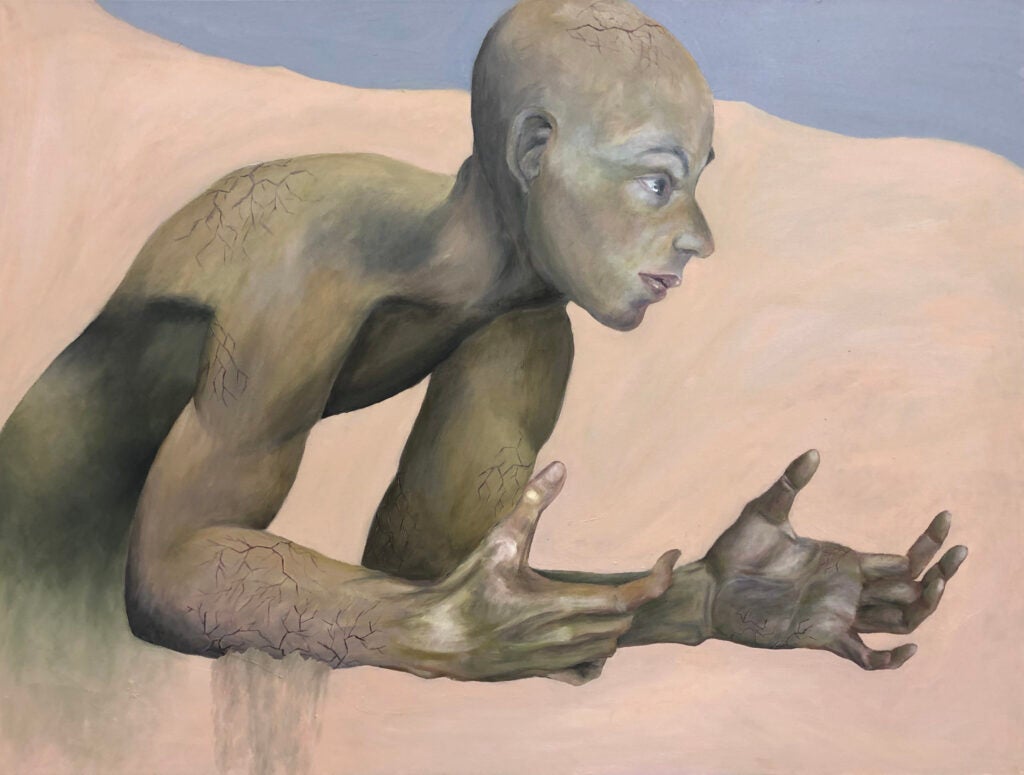
ARTS 2500-01 — Painting II This is an intermediate-level painting course. The overall theme of the assignments for the semester is moving away from straight observational painting and exploring imagination and visual dynamism within a juxtaposition of the real and the unreal, blurring the boundaries between dream and reality and consciousness and the subconscious. This will be the overarching idea for all three projects while each project deals with a specific subject matter. Relevant references and resources will be introduced for students to contextualize their work using art history. Assignments begun in class will require time outside of class to develop and complete. Medium: either oil or acrylic.
This course is taught by Professor BG Muhn.
Design
ARTS 1600-01 – Design I
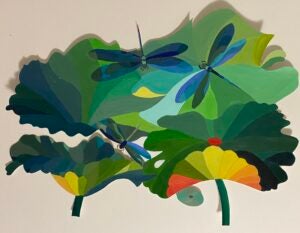
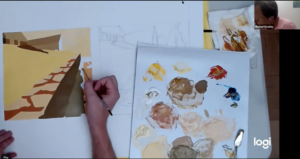

ARTS 1600-01 — Design I This is an introductory art studio course. Using drawing, painting, sculpture and photo materials, students learn the principles and elements of design necessary to communicate and express themselves visually. Special topics include collage and papercutting.
This course is taught by Professor Michael Dowley.
Graphic Design
ARTS 1602-01 & 1602-04 – Graphic Design I
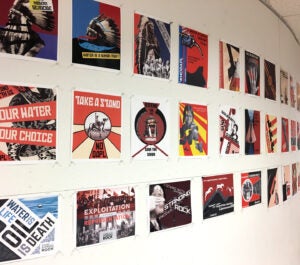

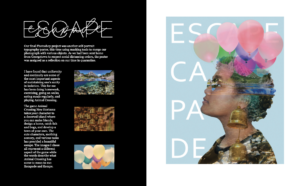
Students learn to do a portfolio newsletter in InDesign for their projects. This a spread from Nia Jordan’s portfolio.
Arts 1602-01 & 1602-04 — Graphic Design I: Students will learn the formal, aesthetic, and communicative aspects of creating effective graphic images. Projects include logos, typography, and digital arts that promote mastery of techniques, methods, and materials. In order to foster creativity, we start with breathing meditation at the start of class, followed by discussions about design and learn the Adobe software and the foundation of design principles. The goal of this class is to strengthen students’ visual literacy and communication skills as part of their liberal arts education.
This course is taught by Professor Negar Nahidian.
ARTS 1602-03 – Graphic Design I
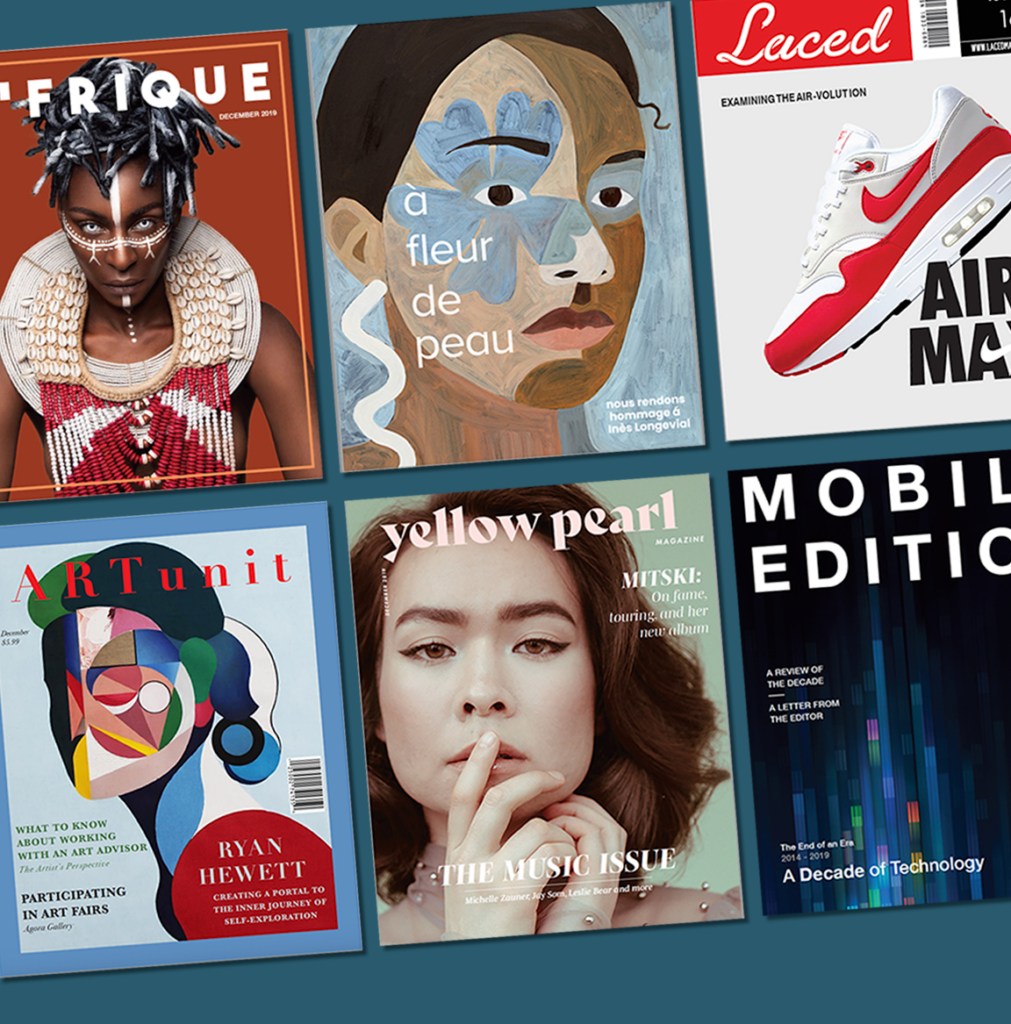
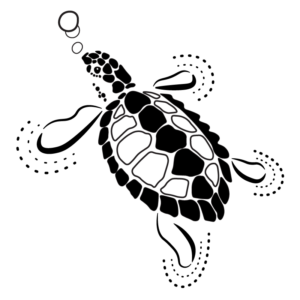

ARTS 1602-03 — Graphic Design I: This is a studio art class focused on the creation of graphic design assets for print and screen-based media. During this course, you will learn basic Adobe Illustrator, Adobe Photoshop, and Adobe InDesign software through real-world projects and current topics in graphic design. The course seeks to familiarize design students with the communicative power of visual form and to help students develop a personal process of creating original graphic forms capable of effectively communicating a message or information. Projects integrate the following topics: principles of graphic design, design research, logos and branding, album cover design, interactive and print publication design, typography, graphic design history, and professional portfolios.
This course is taught by Professor Toni-Lee Sangastiano.
Animation
ARTS 1700-01 — Animation I

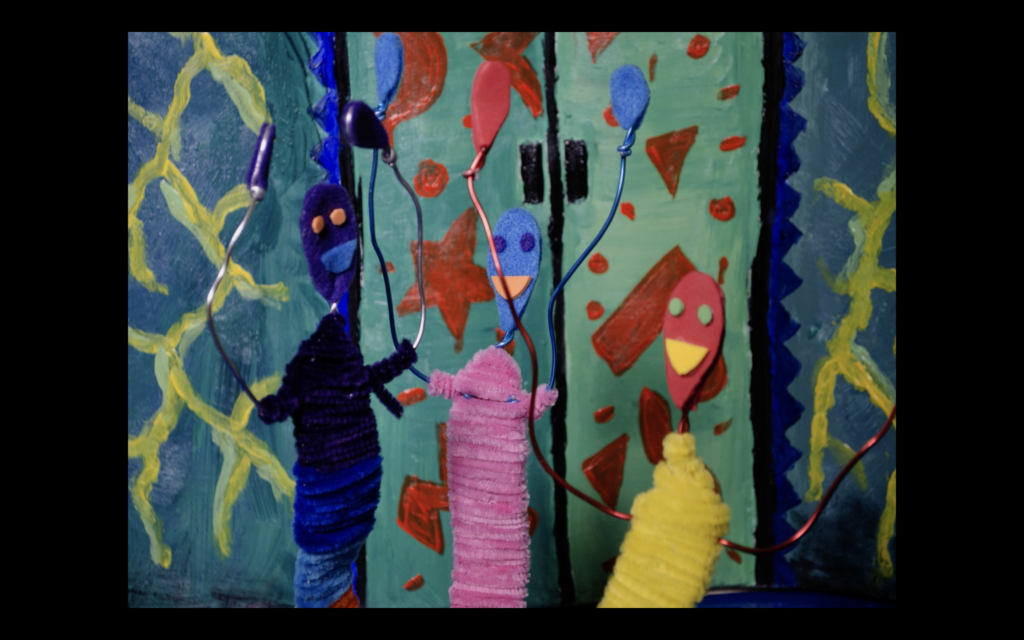
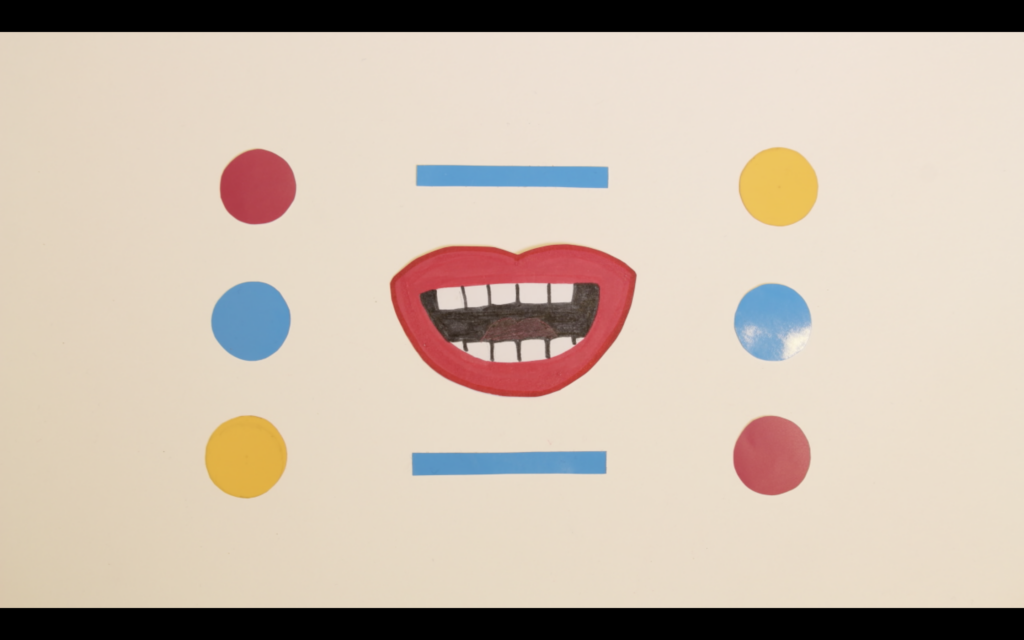
ARTS 1700-01 — Animation I: This course is designed to introduce students to basic methods and practices in animation while exposing them to artists working independently in the field. The course will provide an overview of techniques ranging from hand-drawn frame-by-frame animation, to object animation and pixelation. Each class will consist of a short demonstration, viewing of related works, hands-on experimentation, and critique. Weekly assignments will further students’ exploration of animation approaches and techniques. The course will conclude with the creation of final projects in which students will develop and create an animated short in a medium of their choosing.
This course is taught by Professor Elyse Kelly.
ARTS 4960 — Senior Project Seminar The Senior Project seminar is a three-credit course offered in the fall semester as a requirement for graduating majors in studio art. The purpose of the seminar is three-fold: to provide practical knowledge needed to begin a career as a professional artist, to offer a foundation in contemporary art and art theory, and to prepare students for their thesis art project and Senior Exhibition. The lecture and discussion-based course includes several writing assignments, culminating in a research paper. This course includes weekly lectures and discussions, guest speakers and field trips, readings, group critique and written assignments. Students will gain a better understanding of their place in the art world, the opportunities and challenges facing artists, and the resources and tools available to them. As this course serves as the writing requirement for art majors, we will explore art writing in-depth specifically as it relates to your art-making practice and the broader field of art writing in general. Finally, the course will prepare students for their thesis, the Senior Art Exhibition, which is shown in the de la Cruz Gallery each subsequent spring.
This course is taught by Professor Brady Robinson.
Upper Level ARTS Courses
ARTS courses at the 3000-4000 level are designed primarily for Art Majors, Minors and advanced students who want to work with a professor on one or several independent projects over the course of the semester. These courses require approval. Please inquire with the individual instructor for more information.
These courses include:
- ARTS 3200 — Printmaking III: Directed Study I
- ARTS 3300 — Photo III: Directed Study I
- ARTS 3400 — Sculpture III: Directed Study I
- ARTS 3500 — Painting III: Directed Study I
- ARTS 4300 — Photo IV: Directed Study I
- ARTS 4500 — Painting IV: Directed Study I
- ARTS 4502 — Painting IV: Directed Study III
- ARTS 4960 — Senior Project Seminar
Art History Courses
ARTH 1010-01 — Intro to Greek Art/Archaeology
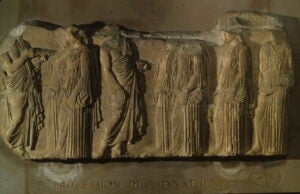
ARTH 1010-01 — Intro to Greek Art/Archaeology This course offers both a chronological survey of ancient Greek material culture and an introduction to the methods of discovery and analysis employed by Classical (Greek and Roman) archaeologists. Most class meetings will focus on the major monuments, archaeological sites, art works, and other artifacts of the ancient Greek world from Bronze Age prehistory through to the Archaic (ca. 600-480 B.C.), Classical (ca. 480-323 B.C.), and Hellenistic (ca. 323-30 B.C.) periods. In addition to considering major sites such as Knossos, Mycenae, Athens, Delphi, and Olympia, we will trace the development of Greek architecture, sculpture, city planning, painting, and other art forms over time. We will also consider the nature of the archaeological evidence for the ancient Greeks and the relationship of Classical archaeology to other disciplines such as art history, history, and the classical languages. Midterm and final exams will be based upon slides seen in class and available through Powerpoint presentations; students will research and write two short papers.
This course is taught by Professor Catherine Keesling.
ARTH 1240-01 — Ancient to Medieval Art
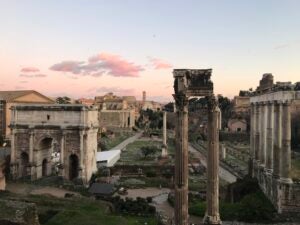
ARTH 1240-01 — Ancient to Medieval Art This course surveys the art and architecture from the Paleolithic period through the Gothic period. Within a roughly chronological structure, we will explore the art of these periods in relation to their broader cultural, intellectual and historical contexts. In addition to emphasizing the developments that define each historical period, we will consider the aesthetic advances made with the painting materials and methods available at the time.
This course is taught by Professor Barrett Tilney.
ARTH 2113-01 — Women in the Arts

ARTH 2113-01 — Women in the Arts: This course surveys women artists from the medieval to modern ages. Organized chronologically, we will discuss the artists and artworks in their cultural contexts. We will examine the conditions and spaces of production, the artists’ training, and the patronage and marketing of their works. The role of women as patrons will also be emphasized. In addition to addressing painting, sculpture, and printmaking, we will investigate the contributions of women in other areas of visual culture such as etching on glass with diamonds, embroidering, cutting intricate designs in paper with scissors, and more.
This course is taught by Professor Barrett Tilney.
ARTH 2150-01 — Latin American Art I

ARTH 2150-01 — Latin American Art I This course examines the art of Mesoamerican before the Conquest (ca. 10th century BCE) and up to the period of independence (early 19th century CE). Organized chronologically, the course studies the art of Mesoamerica, early contact between Europeans and Indigenous Americans, the introduction of European art in Latin America, and the innovative transformation of both native and European art due to the Conquest. By analyzing various materials and topics that include architecture, paintings, sculptures, codices, and prints, the course places particular emphasis on the interaction between native traditions and imported ideas concerning religion, race, gender, politics, rituals, and daily life. While considering several relevant art movements, the course introduces students to the major theoretical issues regarding Latin American art and its interpretation.
This course is taught by Professor Andrea Gallelli Huezo.
ARTH 2540-01 — Italian Renaissance Art

ARTH 2540-01 — Italian Renaissance Art The course surveys painting and sculpture in Italy c. 1300-1550. Other important art forms, including architecture and prints, will be addressed among a few significant examples. We will emphasize major works and artists, especially in the leading centers of Florence, Rome, and Venice. While artistic style will be one of our interests (as it was to artists, patrons, and other observers in the period), we will spend more time on changing circumstances of the production, function, iconography, patronage, and commerce of art in the period. Why was art being made? How was it used and understood? One advantage of life on the Hilltop is easy access to one of the world’s premier collections of Renaissance art. We will schedule two class visits to the National Gallery of Art, and you will be encouraged to explore this and other collections further on your own.
This course is taught by Professor Alfred Acres.
ARTH 2640-01 — Global Early Modern Art
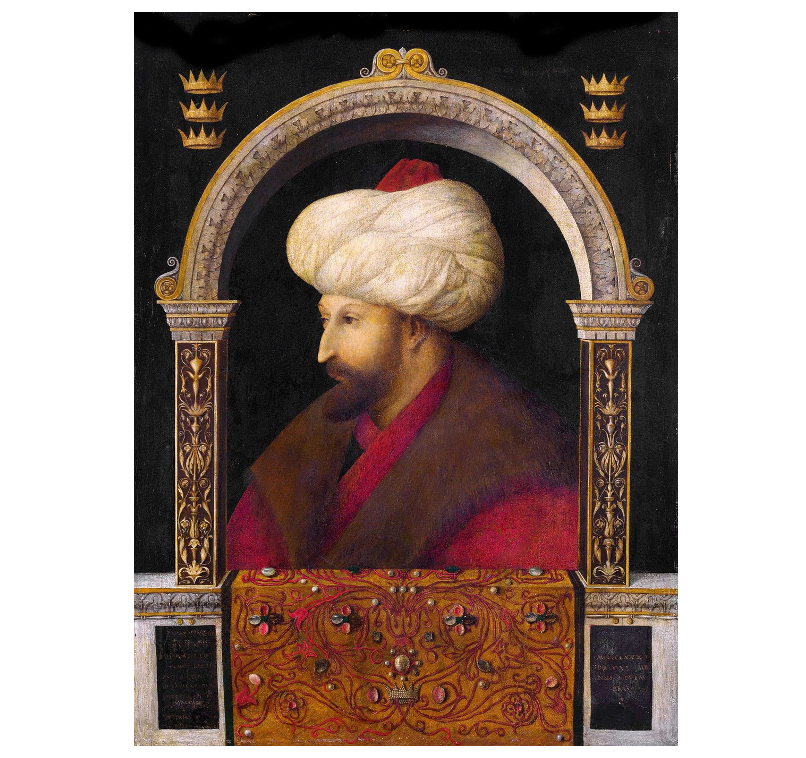
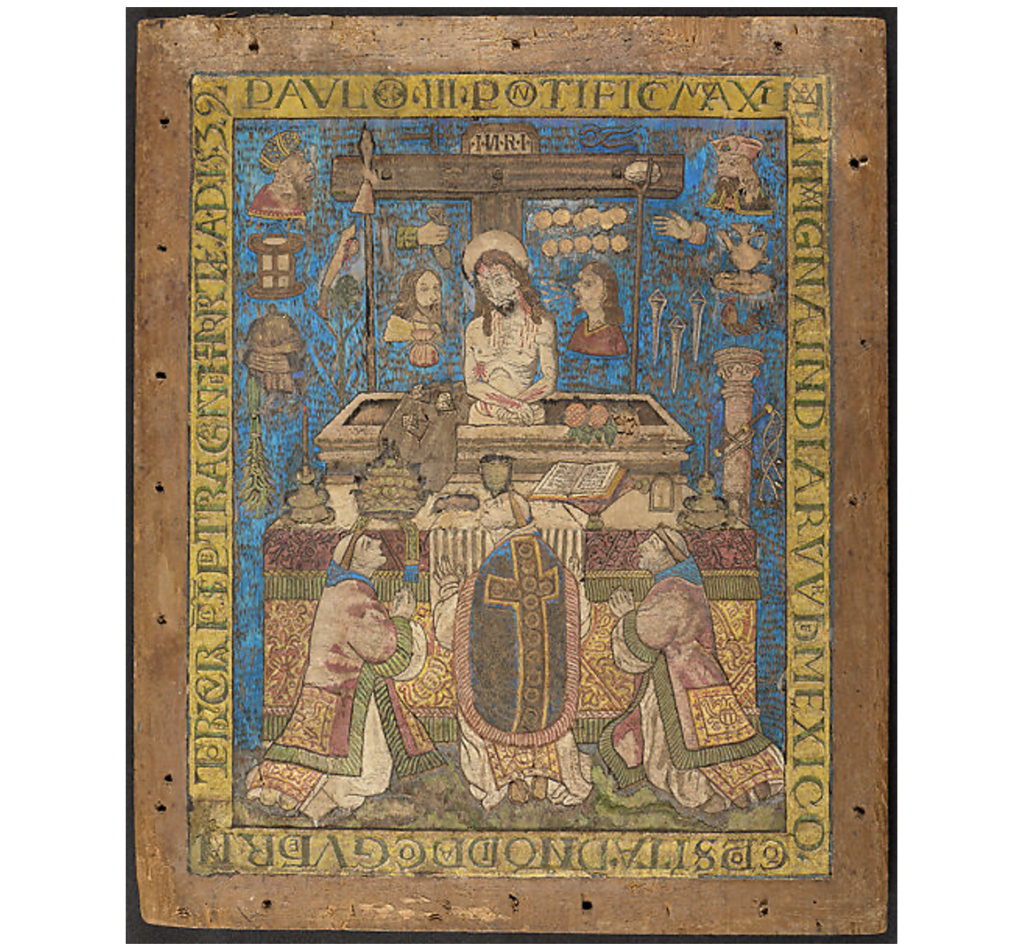
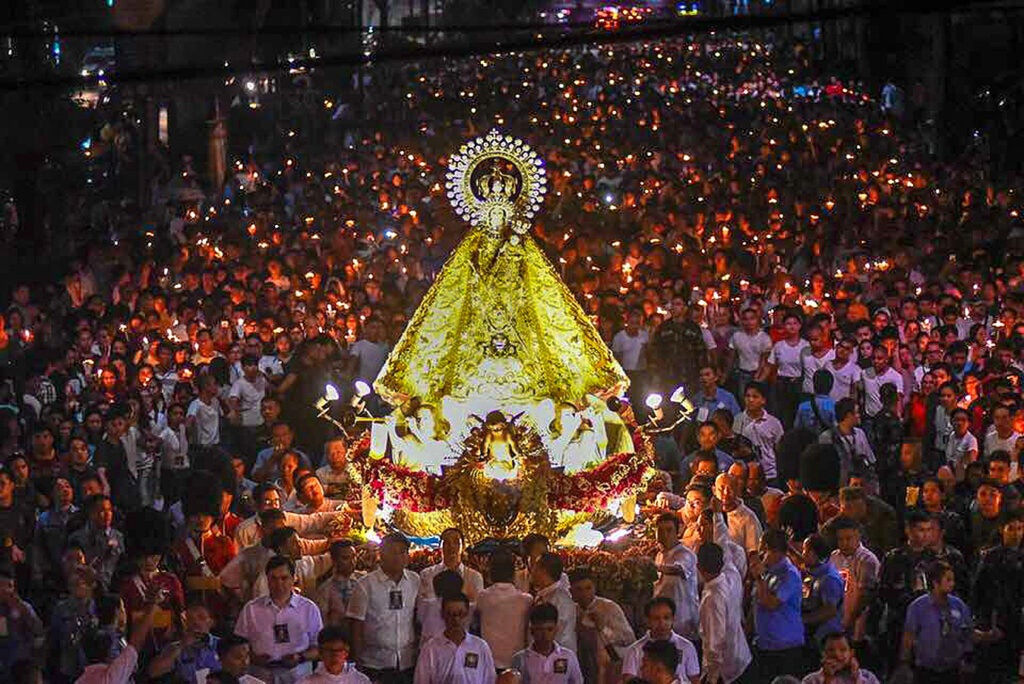
ARTH 2640-01 — Global Early Modern Art This course considers the circulation of visual culture, material goods, artistic practices, and ideas across national borders during the early modern period (circa 1400 CE – 1700 CE). It takes as its point of departure the hypothesis that the period traditionally known as Renaissance/Baroque was marked by the mobility of artists, objects, philosophies, and a rich intellectual, material, and social culture across major international city centers. Within a framework that highlights the process of exchange, collaboration, and competition between cultures, the course examines how networks existed throughout the European courts of Italy, Spain, and France, and extended across the Levant, Latin America, Goa, Japan, and the Philippines. Students will challenge conventional ideas about center/periphery by evaluating case studies that highlight the role of humanism in patronage, diplomacy and gift exchange, missionary enterprises of the Counter-Reformation, and the manufacturing of a Catholic imagination as part of the Age of Exploration and the rise of global empires.
This course is taught by Professor Tiffany Hunt.
ARTH 3810-01 — Modernisms
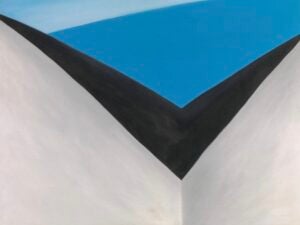
ARTH 3810-01 — Modernisms This course explores the cultural formation known as modernism, which predominated during the first half of the 20th c., and established many of the key debates and strategies of contemporary art. While we will discuss the modern art and architecture of Europe from the late 19th c. forward, our emphasis will be thinking about modernism in global terms, as a set of practices embedded in the economic and political systems of the era, such as industrialization, colonialism, and global conflict.
This course is taught by Professor William Bourland.
ARTH 3861-01 — DC: Architecture & History
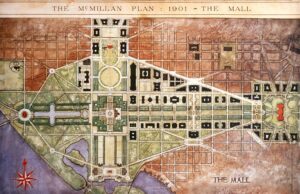
ARTH 3861-01 — DC: Architecture & History This course addresses the evolution of Washington, D.C.’s built environment from L’Enfant’s 1791 plan to the modern era. The city’s development will be studied via a broad chronological perspective as well as individual case studies. Along with iconic monuments and government structures, we will explore the history of the city’s residential housing, park space, embassies, and commercial buildings. The development of areas such as Southwest, Anacostia, Capitol Hill, Sheridan Circle-Kalorama and Foggy Bottom will be addressed. Questions to be considered include: How has the cityscape changed over time and what have been the key transformation drivers? To what extent have international design and historical precedent influenced the capital’s development? How have politics and government regulations shaped Washington, D.C.’s evolution? In what ways have issues of race and class impacted the city’s built environment? Students will gain familiarity with architectural styles and the art ornamenting the city’s buildings will also play a role in our study. Current strategies for sustainable structures and development will be noted.
This course is taught by Professor Stephanie Rufino.
ARTH 3920-01 — Modern and Contemporary Korean Art and Culture
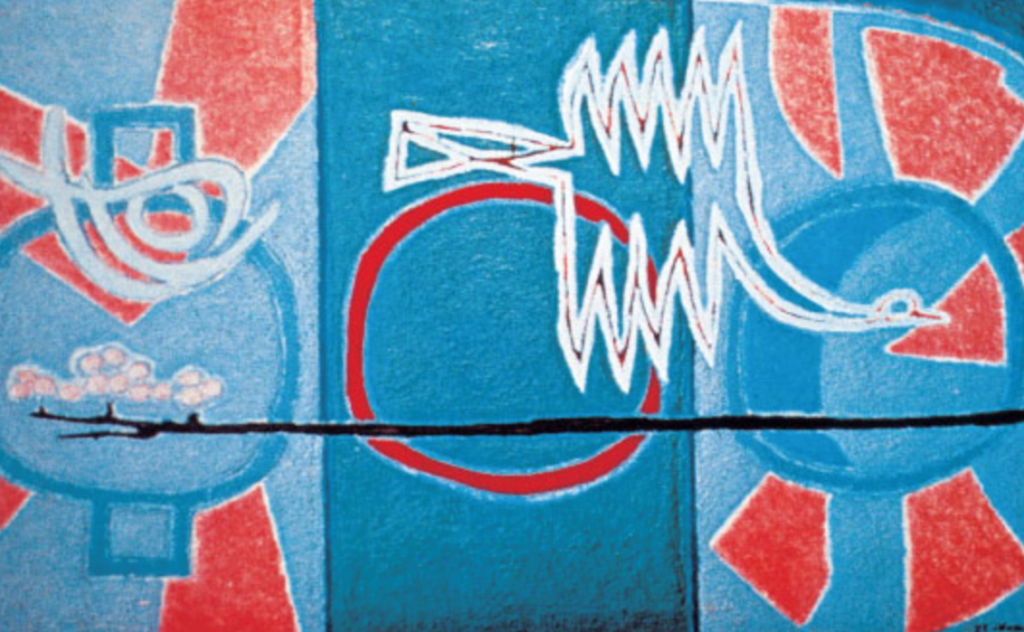

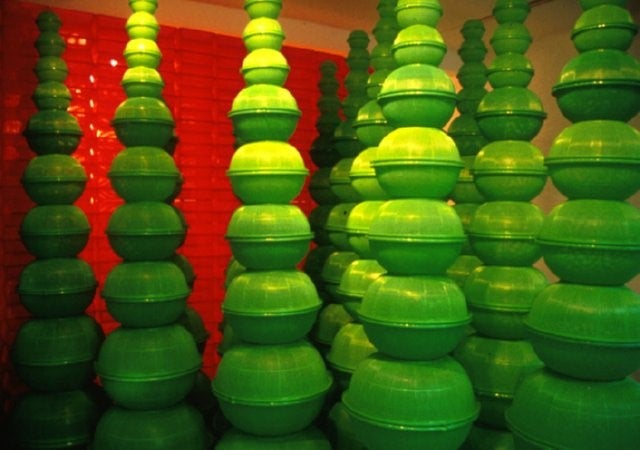
ARTH 3920-01 — Modern and Contemporary Korean Art and Culture is a survey course designed to introduce significant Korean artistic practices during the 20th and 21st centuries. This course aims to identify the unique patterns of cultural and artistic construction throughout the modernization and globalization of Korea. During the 20th century, Koreans experienced traumatic events and drastic changes, including Japanese colonization, forced labor, the Korean War, ideological battles, and the division of the North and the South. Even after the Korean War, Koreans experienced military dictatorships, a rough process of democratization, and, after the 1988 Seoul Olympics, a breakneck pace of economic development and globalization that created many inequalities and side effects. These social and political changes result in accumulated “collective trauma” that has persisted through generations and has had lingering effects on contemporary Korean artists who strive for cultural healing. Topics covered in this course include constructing Korean ethnic nationalism, vernacular modernism, performance art, conceptual art, feminism, dansaekhwa (Korean monochrome), minjung art (people’s art), pop Art, consumerism, Korean diaspora, postmodernism, and media art. No prior knowledge of Korean art is required.
This course is taught by Professor Jung-Sil Lee.
ARTH 4542-01 — Bosch, Bruegel, and Life

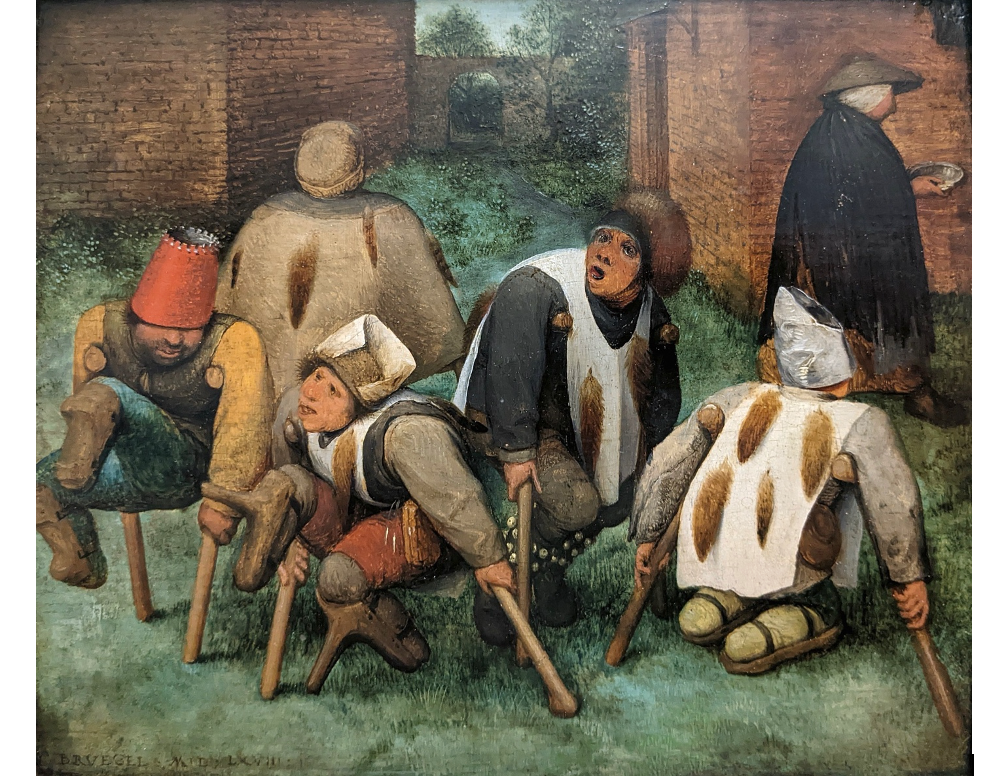
ARTH 4542-01 — Bosch, Bruegel, and Life
About suffering they were never wrong,
The old masters: how well they understood
Its human position: how it takes place
While someone else is eating or opening a window or just walking dully along
…
from W.H. Auden, “Musée des Beaux Arts” (1938)
Is it true? Did the old masters—or some of them—have special insight about suffering and other truths of daily life? What could their representations of such things have meant to their contemporaries? And what can they mean to us?
This seminar investigates the work and careers of two of the most original and influential artists of the Renaissance: Hieronymus Bosch (c.1450-1516) and Pieter Bruegel the Elder (c.1525-1569). Although they worked in different generations and cities in the Netherlands, they have often been regarded in light of each other; Bruegel was even referred to as the “second Bosch” in his own time. Both probed humanity, morality, faith, daily life, and the world itself with unprecedented energy and ingenuity.
This seminar will focus especially on how Bosch and Bruegel developed new ways not merely to observe life, but also to ponder, challenge, and perhaps improve it. As we address the art itself and its colorful history of reception and interpretation, we will also consider the vitality of these paintings, prints, and drawings as instruments of reflection in our own time.
Our exploration of their art and that of their contemporaries will include one or two class visits to the National Gallery of Art.
This course is taught by Professor Alfred Acres.
ARTH 4740-01 — Romanticism
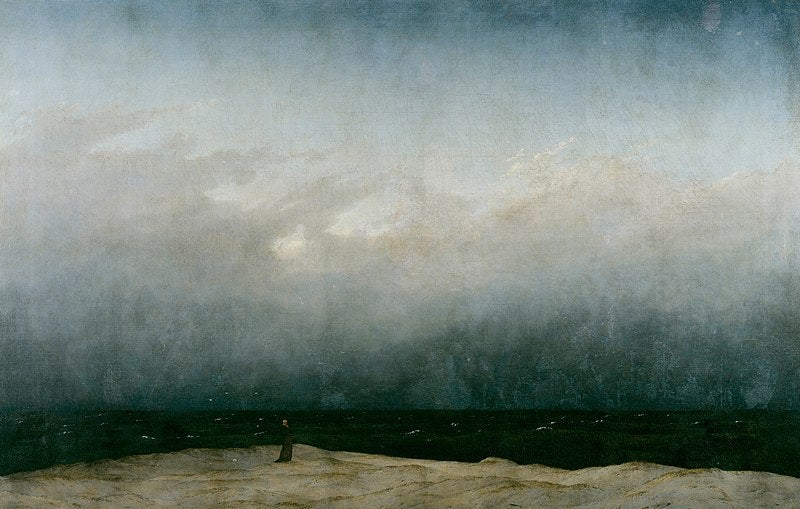

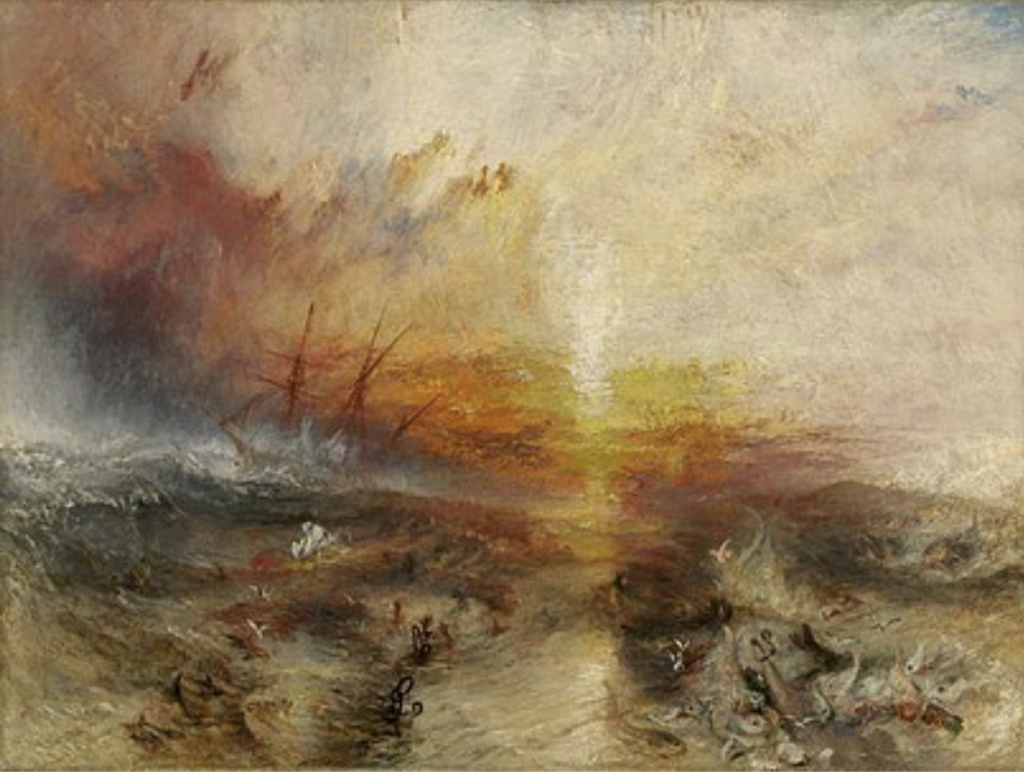
ARTH 4740-01 — Romanticism: What links Delacroix’s painting Raft of the Medusa with Wordsworth’s poem “Peele Castle,” with Schubert’s art song “Erlkönig?” They have all been described as “Romantic.”
What is Romanticism? In 1846, the French poet and critic Charles Baudelaire observed, somewhat enigmatically, that, “Romanticism is precisely neither in the choice of subjects nor in exact truth, but in the manner of feeling…” What scholar Kenneth Clark called the “romantic rebellion” affected the visual arts, poetry, music, and philosophy in Europe and America from roughly 1798 to the 1850s. In this seminar, we will engage with this movement, which rejected the neo-classical artistic standards of “noble simplicity and quiet grandeur” in favor of such preoccupations as individuality, subjectivity, emotion, identification with nature, ideas of the ”sublime,” mystery, and a fixation on nostalgia and the past. We will explore and compare examples of Romantic art in these varied media and in different social and political contexts in France, Britain, Germany, and America. There will be a guest speaker and emphasis on the study of original objects through sessions at Georgetown’s Special Collections and at the National Gallery of Art.
This course is taught by Professor Elizabeth Prelinger.
ARTH 4911-01 — Writing Cultural Criticism

ARTH 4911-01 — Writing Cultural Criticism This is an upper-level seminar for juniors and seniors in which each student will develop a portfolio of short writing or one longer paper. Each week we will read new and established critics writing about culture, and also practice various writing strategies while workshopping students’ own projects. While this is an art-centered course, it includes visual culture, film, music, architecture, and digital media, and is thus a suitable colloquium for advanced humanities students across the university.
This course is taught by Professor William Bourland.
ARTH 4998 — Senior Thesis
ARTH 4998, Senior Thesis: By arrangement with a faculty adviser, majors may write a senior thesis on an art historical topic of their choosing. The thesis is optional but can serve as a capstone course that prepares students for future professional or graduate work.
Art & Museum Studies Courses
AMUS 5100-01 — Museum Studies Foundations
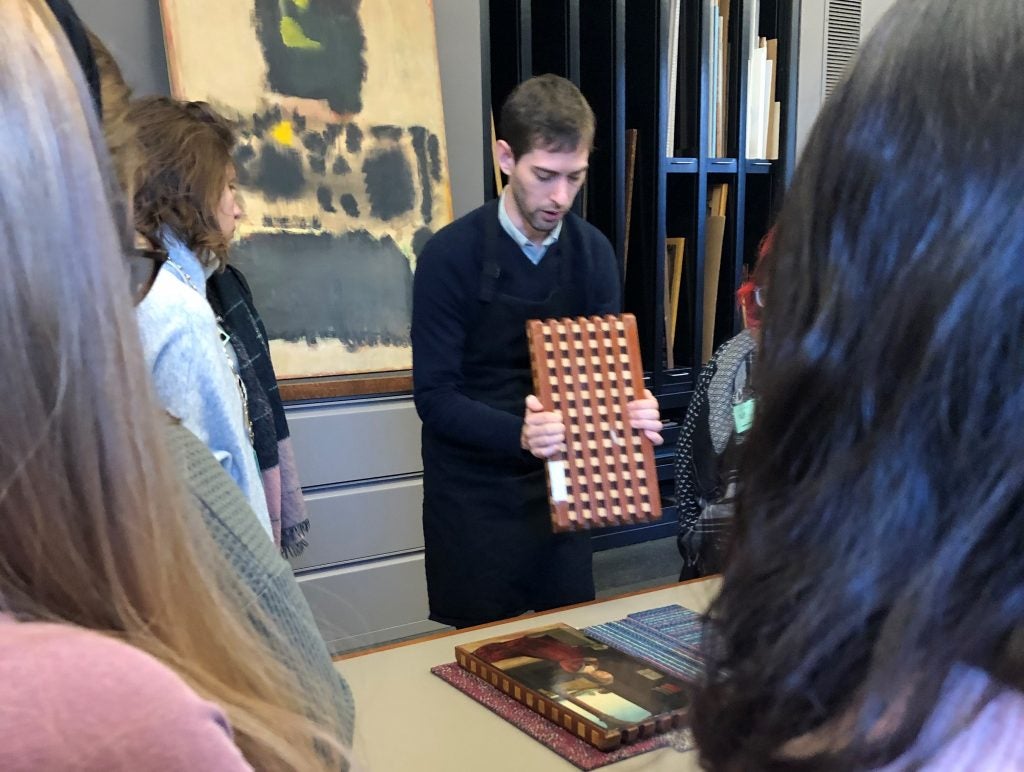
AMUS 5100-01 — Museum Studies Foundations This course introduces students to the state of museums as well as their core functions, history, and critical literature. We will examine recent debates about museums through the lens of gender studies, disability studies, critical race theory, decolonization, and environmental sustainability, with particular attention to social media movements currently calling for change. Assignments will focus both on mastering key concepts in museum studies and on considering how we can change museums to better fit society. Our focus will be on art museums, but selected topics in historic and ethnographic museums will also be considered.
This course is taught by Professor Lisa Strong.
AMUS 5202-01 — Collections Management

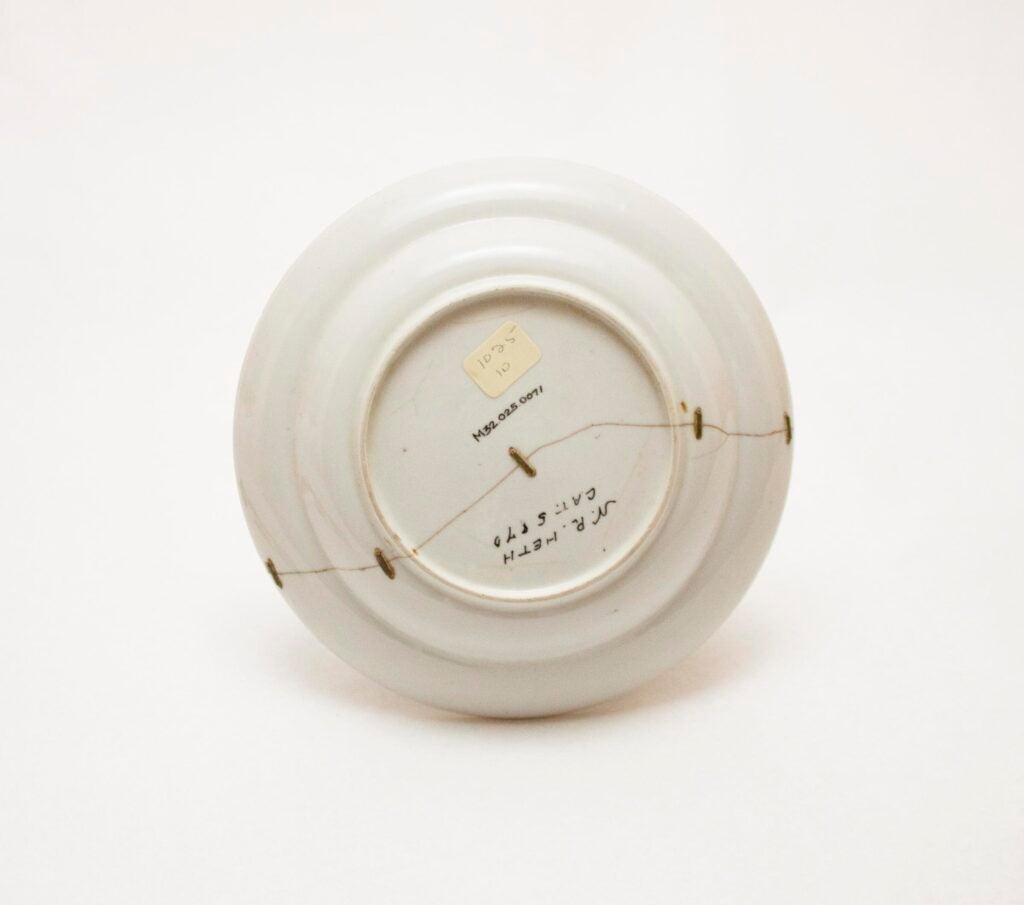
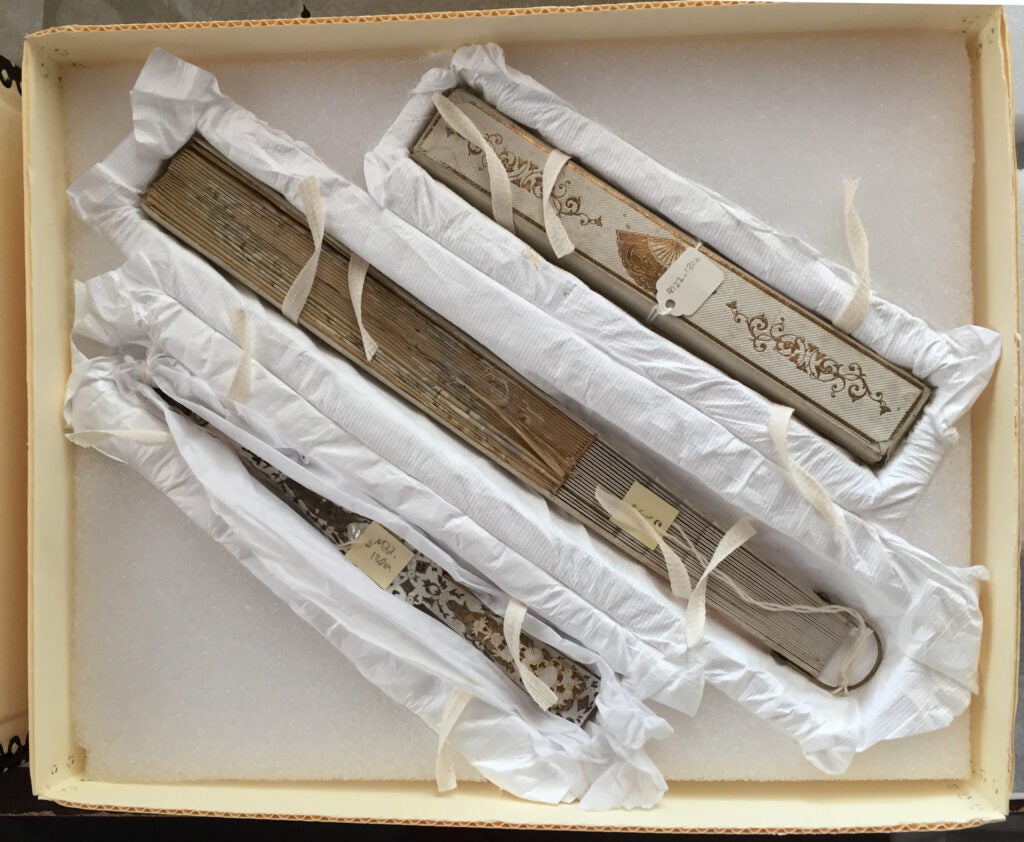
AMUS 5202-01 — Collections Management This course focuses on general museum concepts and procedures as they relate to collections (objects and their documentation) and their management (e.g., preparation, preventive maintenance & conservation, housing, problem-solving) as a whole. The course objectives are to introduce the participants to basic care and preservation of collections as well as a basic understanding of the history and current status of the governance of cultural materials. By the end of the course, participants should understand the definition and role of collections within a museum context; understand the philosophy of cultural preservation and the meaning of cultural patrimony; understand the importance of collection ethics and the role of collections within museum accountability and accreditation programs; understand the importance of a collections management policy, its development, content, and application; and how such a policy governs the daily activities within a museum’s collections.
This course is taught by Professor Jerry Foust.
AMUS 5204-01 — Museum Education and Interpretation
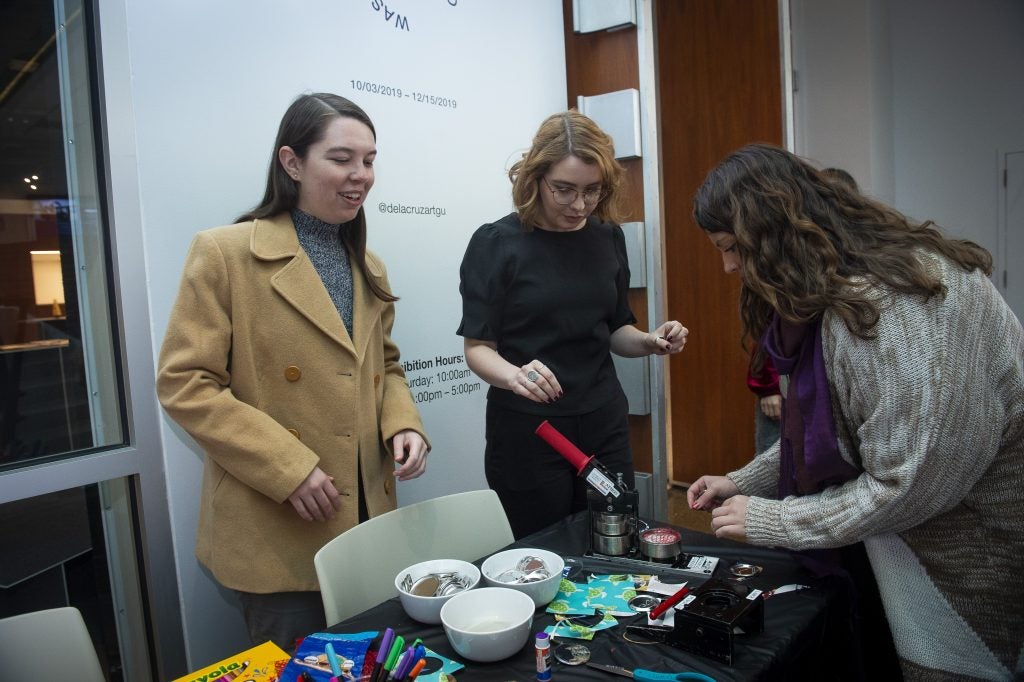
Students in Museum Education and Interpretation prepare for a program at the Maria & Alberto de la Cruz Gallery, 2019.
Copyright ©2019 Lisa Helfert for Georgetown University.
AMUS 5204-01 — Museum Education and Interpretation Students will be active participants in learning about museum education theories and practices. This course situates the functions of museum education and interpretation within the broader context of a changing paradigm in museums. During site visits to area art museums, educators will discuss aspects of interpretation, programming, and research that are unique to their museum. Class discussion will include such topics as how visitors learn in an art museum, new approaches to interpretation, education programming for varied audiences, building audiences and community, and the relationship of mission to education and interpretation.
This course is taught by Professor Anna Hindley.
AMUS 7951-01 — Fall Internship

AMUS 7951-01 — Fall Internship Museum internships provide concentrated practical experience within selected museum departments as well as an overview of the operations of a museum. Some of our internships include a staff-directed seminar; most involve a linked research project as well as an internship journal. Expectations and placement will be discussed during the orientation session. Schedule determined by student and museum supervisor; 15–20 hours/wk. Art and Museum Studies students only.
This course is taught by Professor Lisa Strong.
AMUS 5206-01 — Curatorial Studies
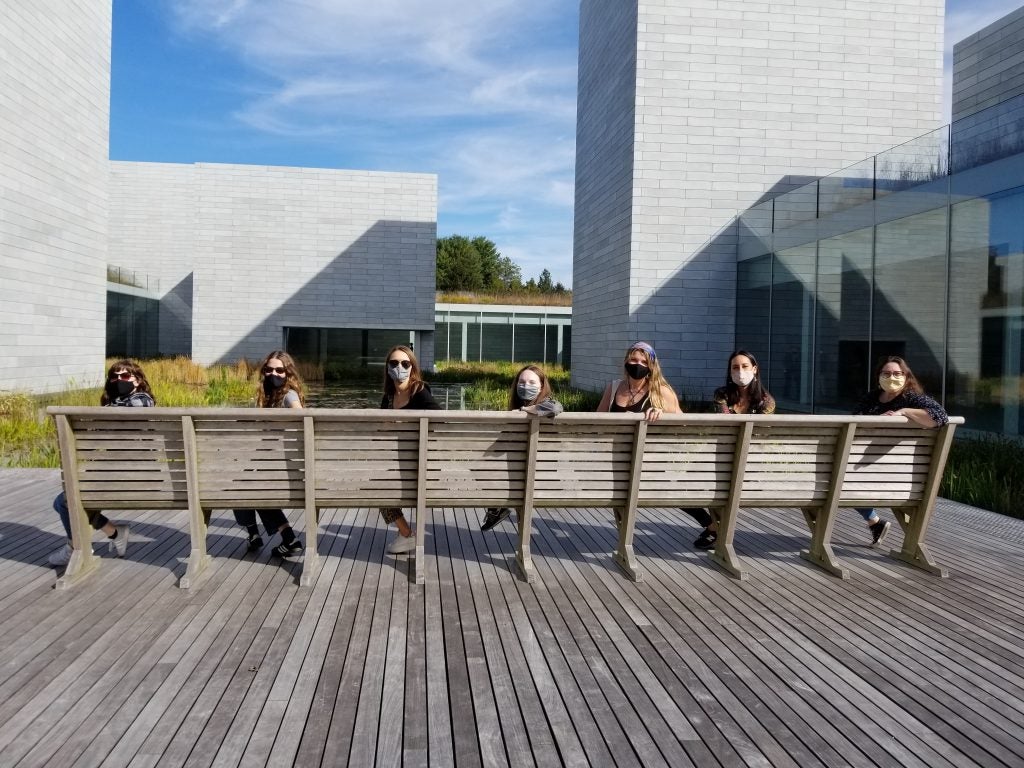

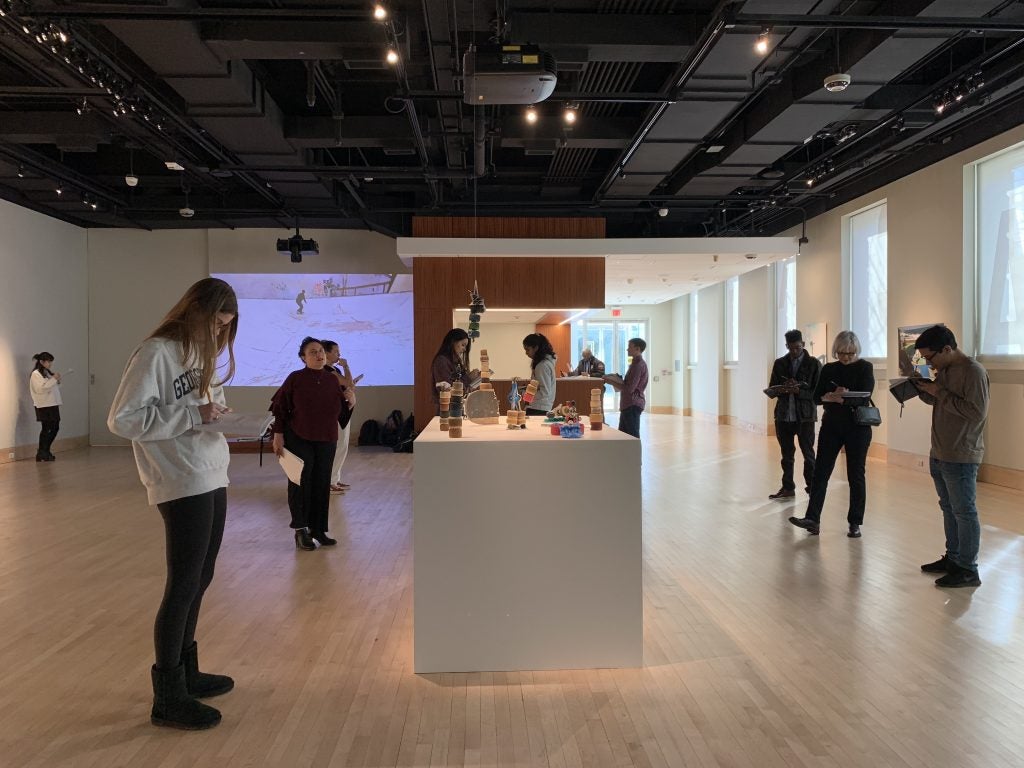
AMUS 5206-01 — Curatorial Studies The term “curate” has become ubiquitous in popular culture. Professional curators are doing the real work and exist at the heart of the art world; however, their role and daily responsibilities remain mysterious to many. This introductory course will encourage students to know the history of the curatorial field, think critically about the discipline as it exists and is evolving today, and acquire practical skills and knowledge for jobs in the curatorial sector with a focus on the institutional environment. During the semester, we will examine collections and exhibitions from the curatorial perspective. Lectures, assignments, readings, in-class exercises and site visits/guest lectures with local curators will explore both aspects. Students will also be expected to visit museums on their own as some class assignments will stem directly from this visual experience. The course will culminate in the production of each student’s own exhibition proposal for a Washington, DC museum.
This course is taught by Professor Yuri Stone.
AMUS 5207-01 — Museums and Digital Media

AMUS 5207-01 — Museums and Digital Media Within the span of just a few decades, digital technologies have made a profound impact on museums: from how they operate to how the visitor experience is constructed. With an emphasis on interpretation and outreach, this course will explore the impact of technology on museum approaches to collections, exhibitions, and education. A variety of digital media platforms will be covered, including websites, social media, in-gallery interactives, and mobile experiences. We will immerse ourselves in key issues that guide and frustrate the successful implementation of technology in 21st-century institutions, such as openness, collaboration, sustainability, and a focus on the museum audience as users. With the help of case studies and guest speakers, we will explore what’s possible—and what’s challenging—when it comes to museums and technology.
This course is taught by Professor Darren Milligan.
